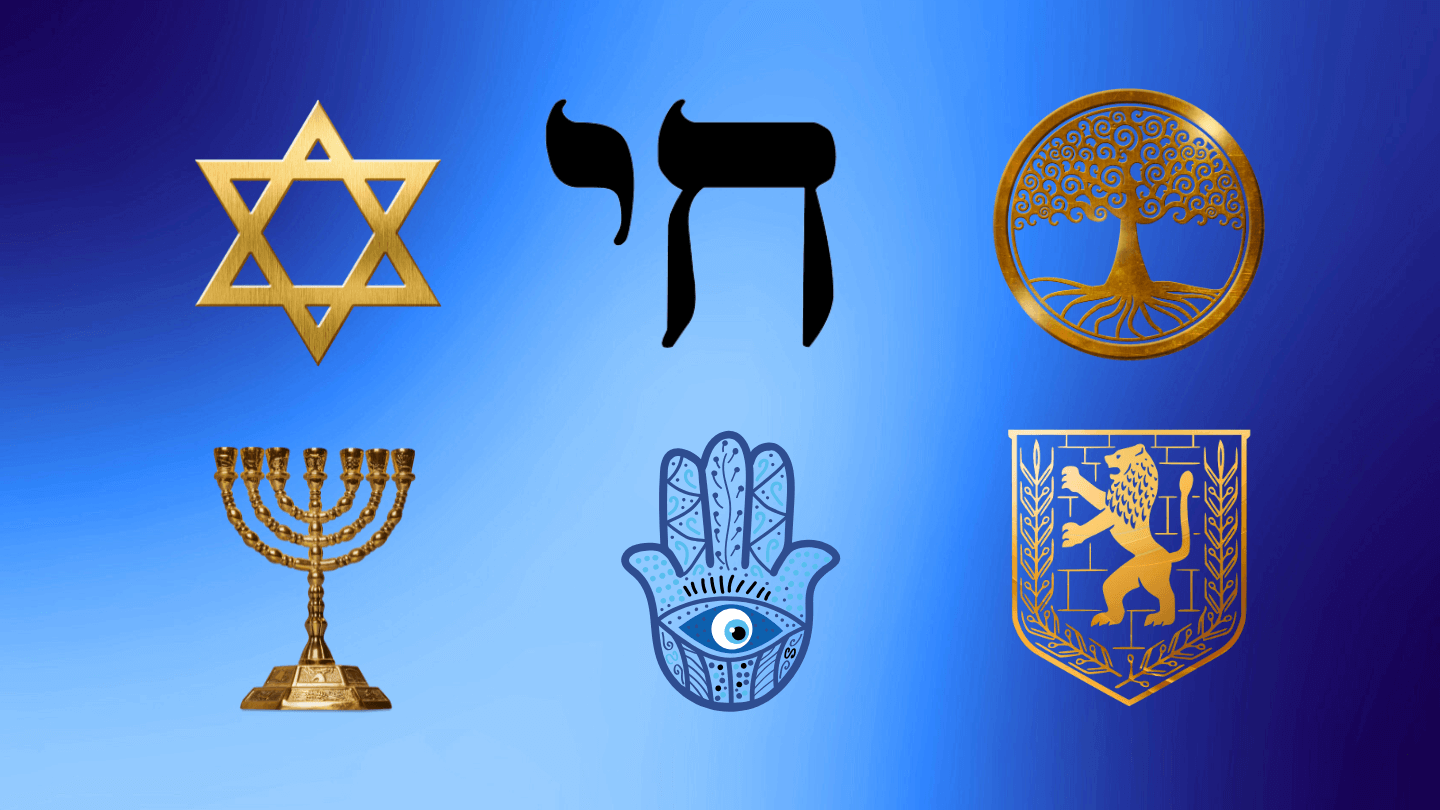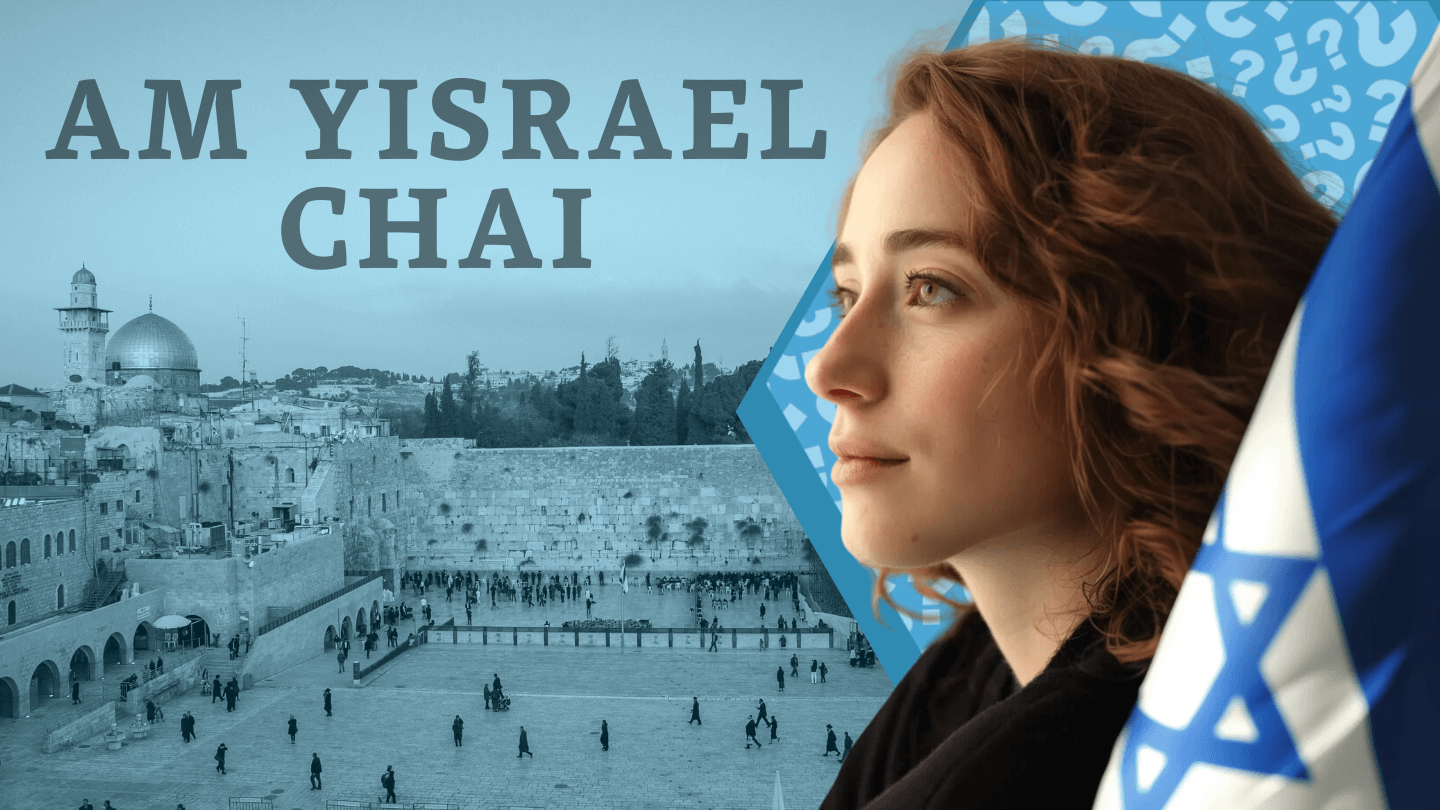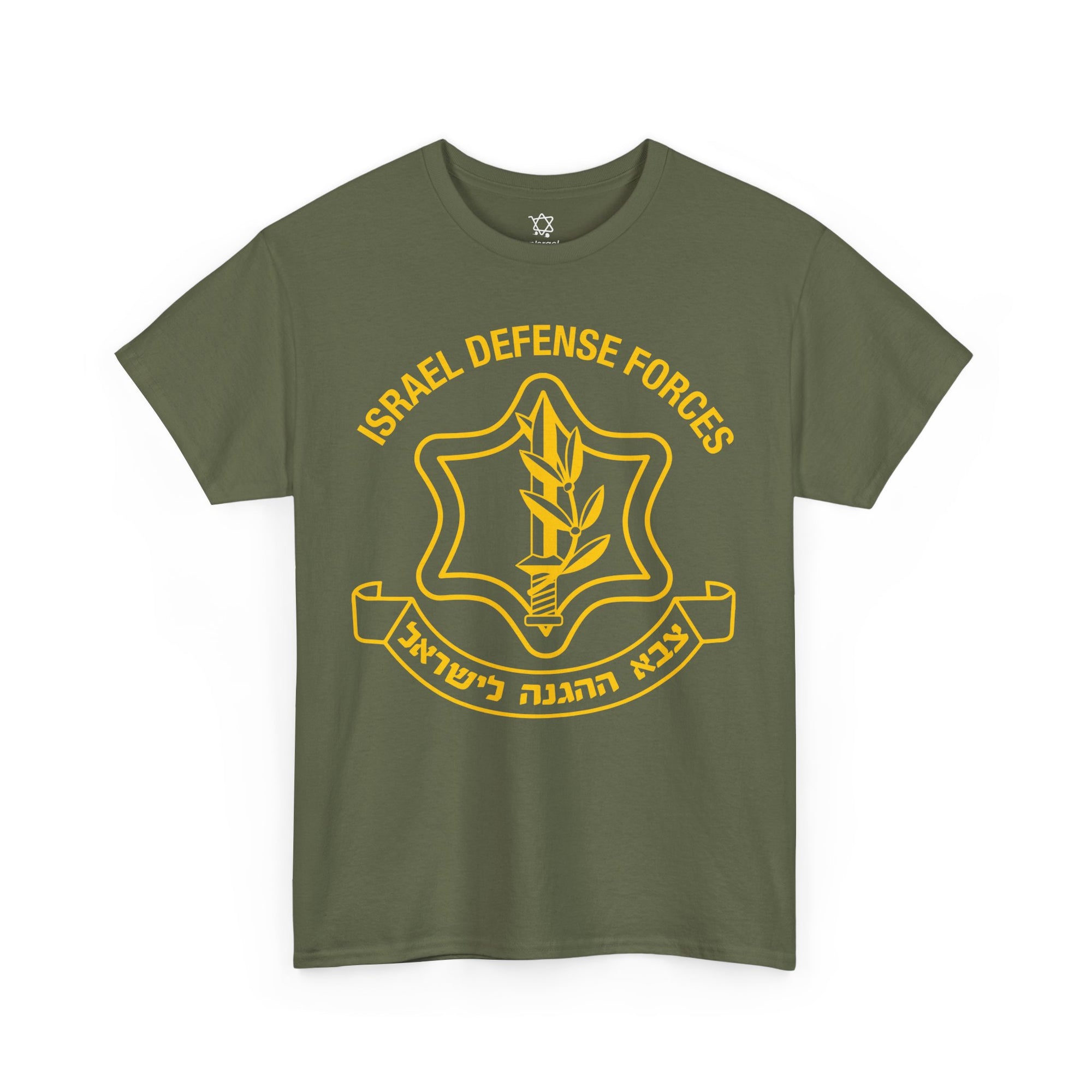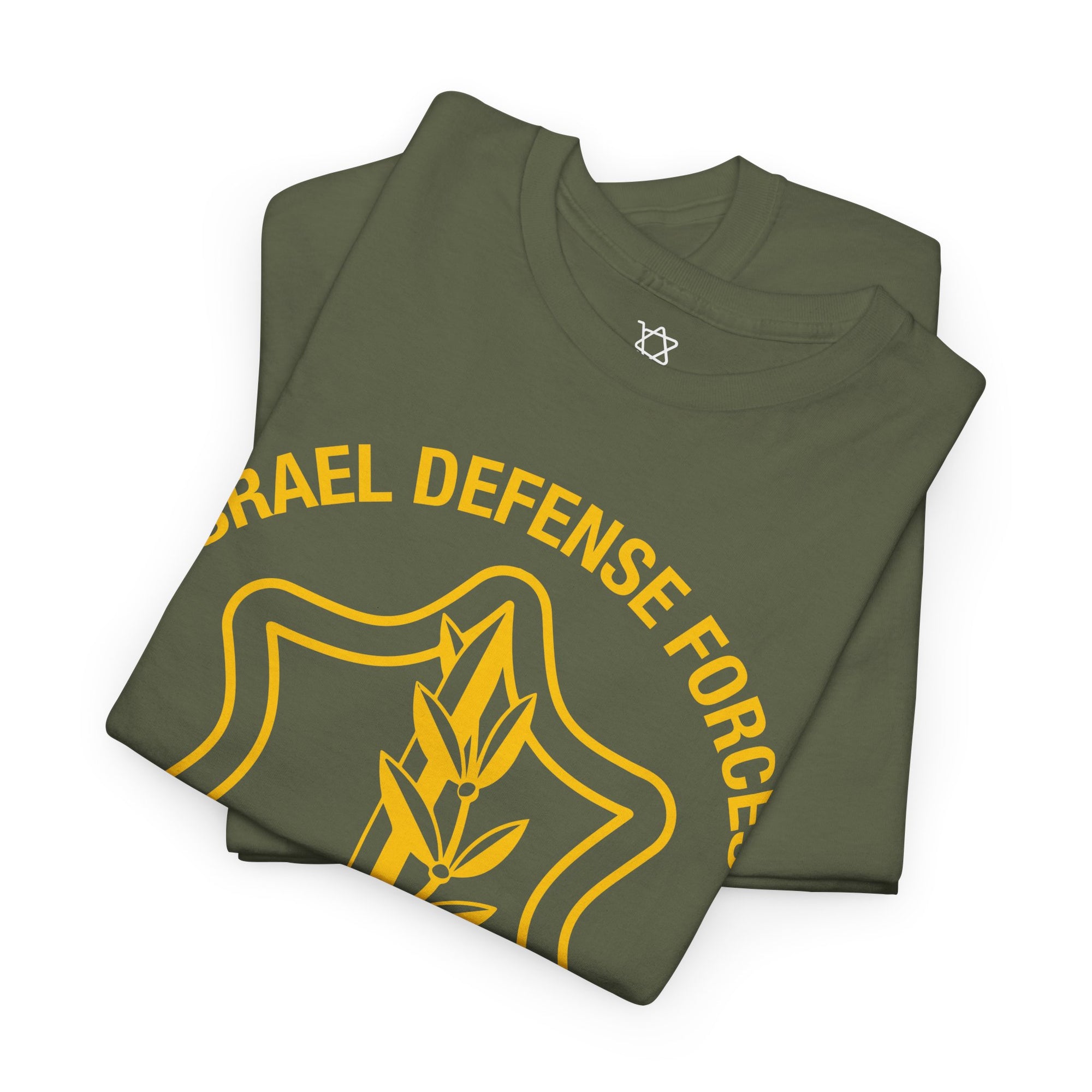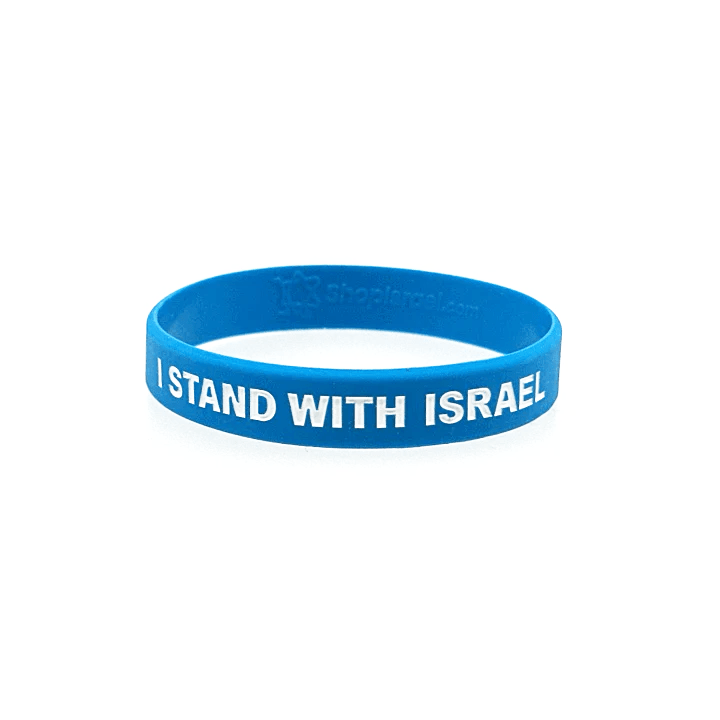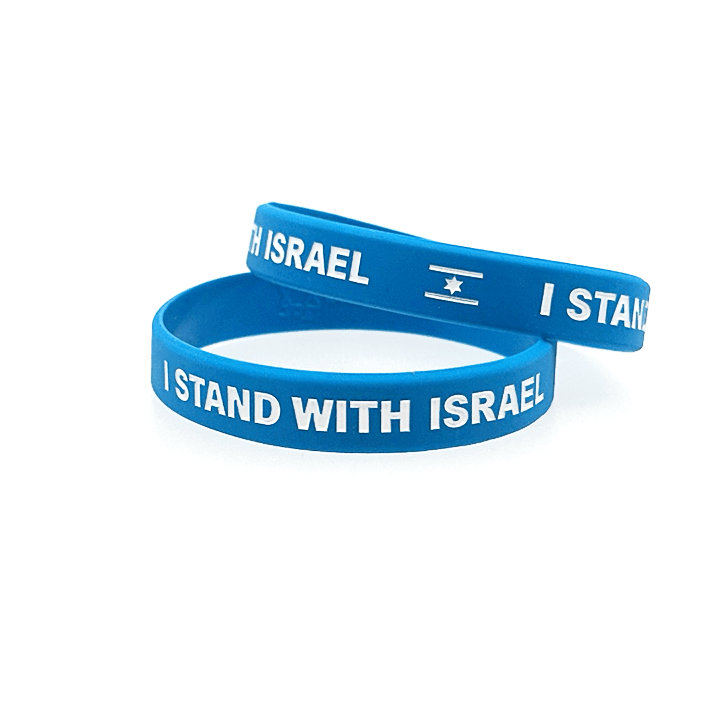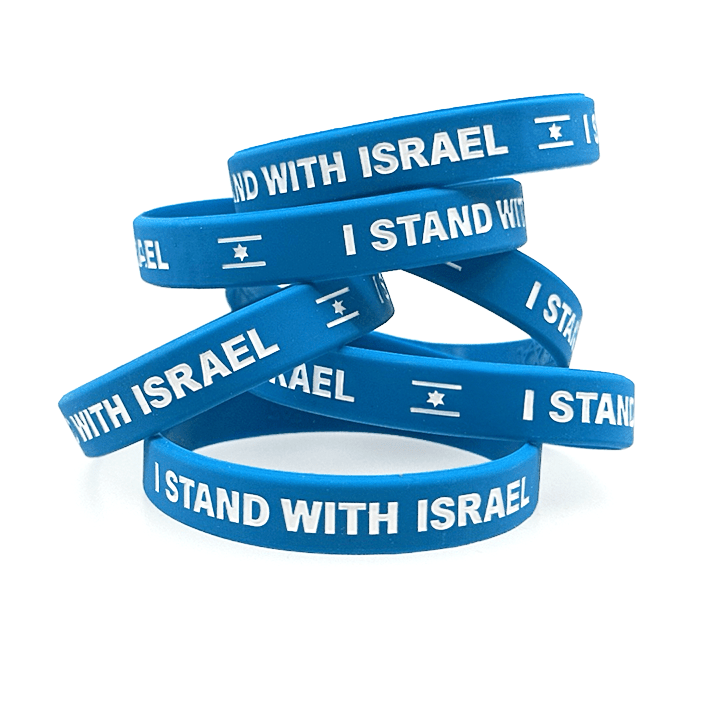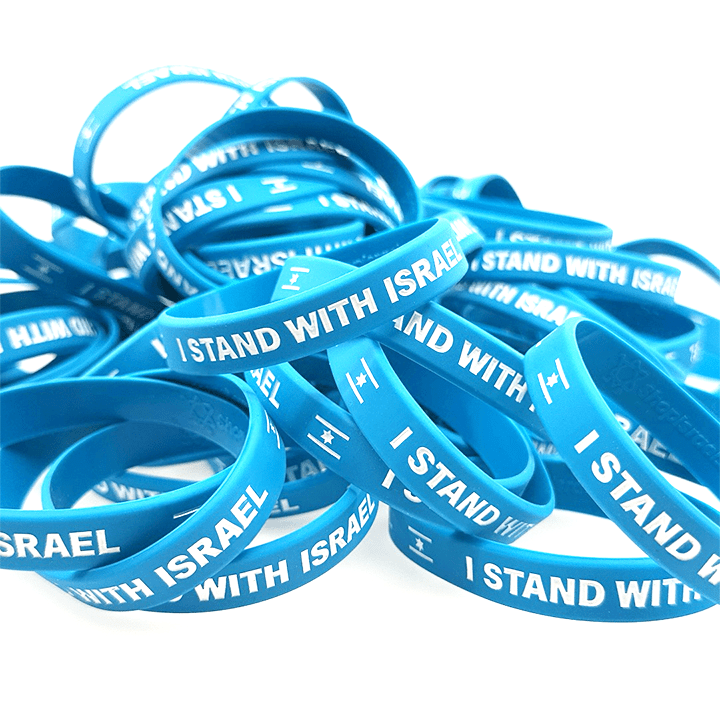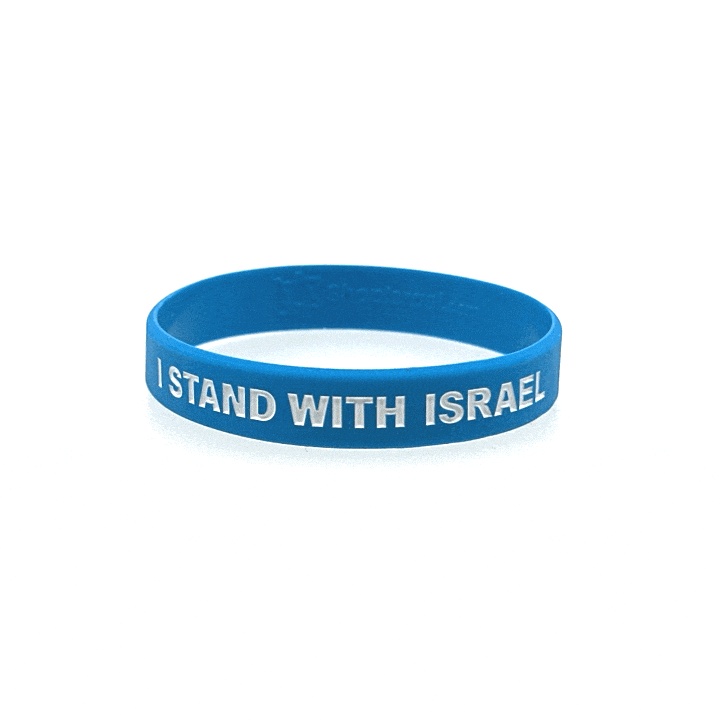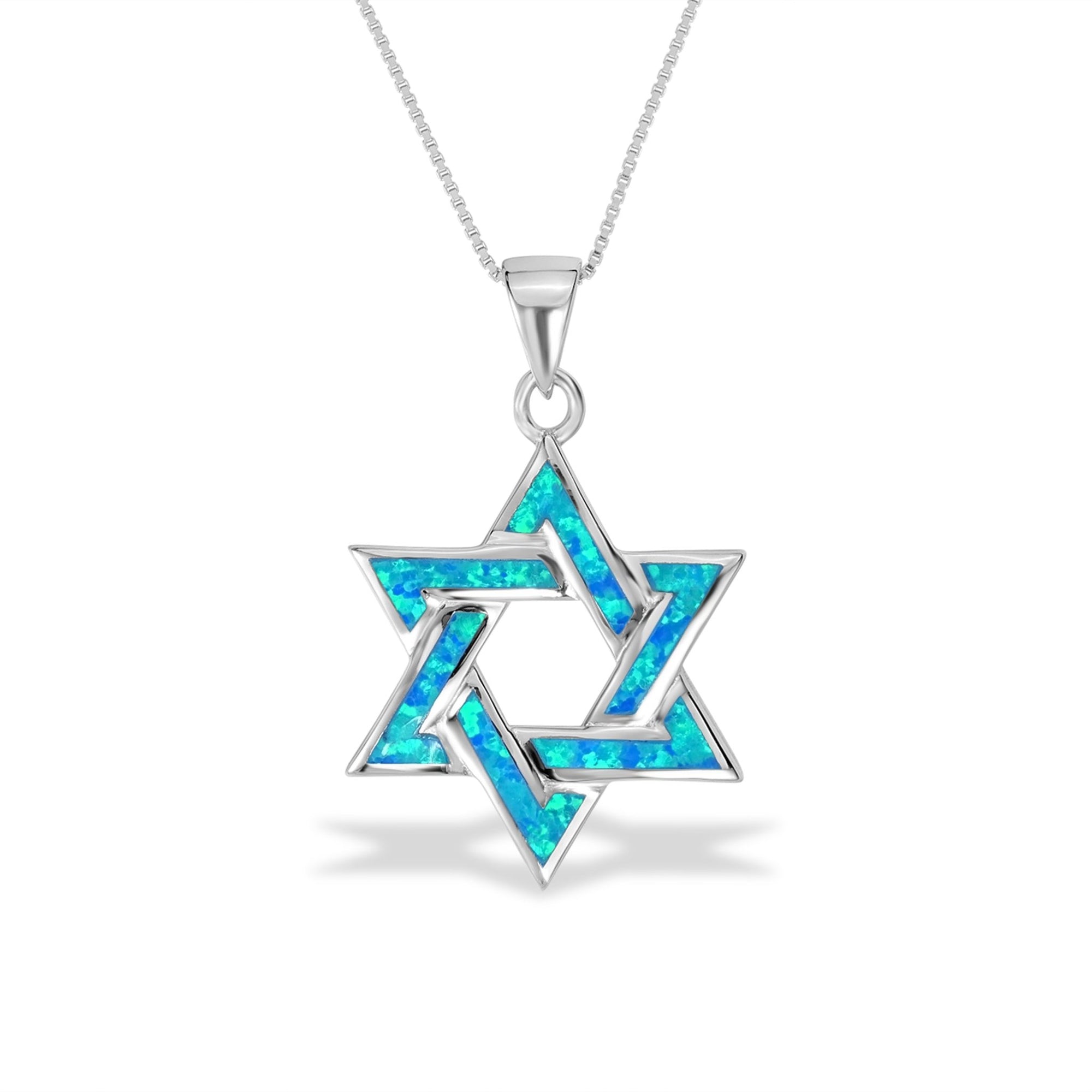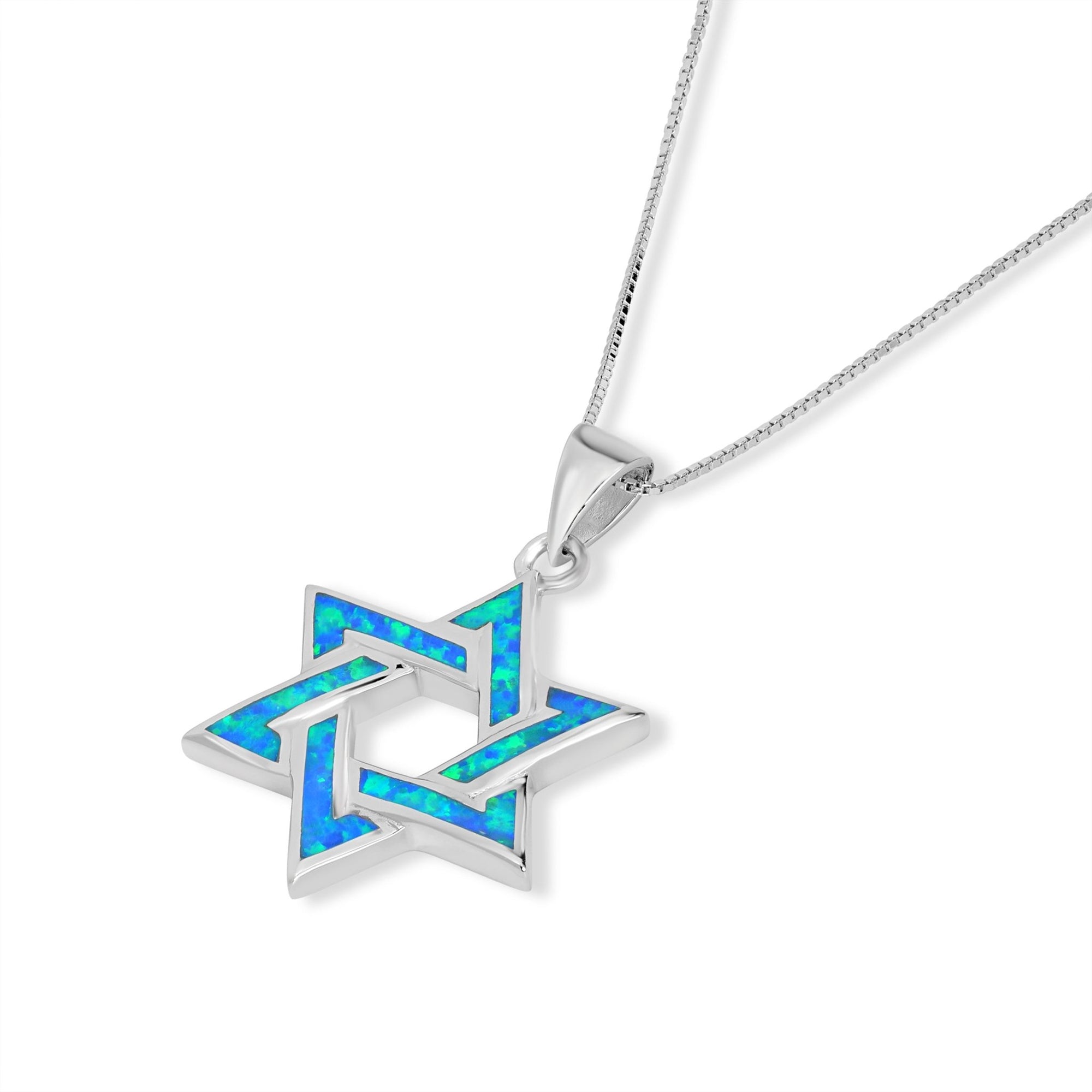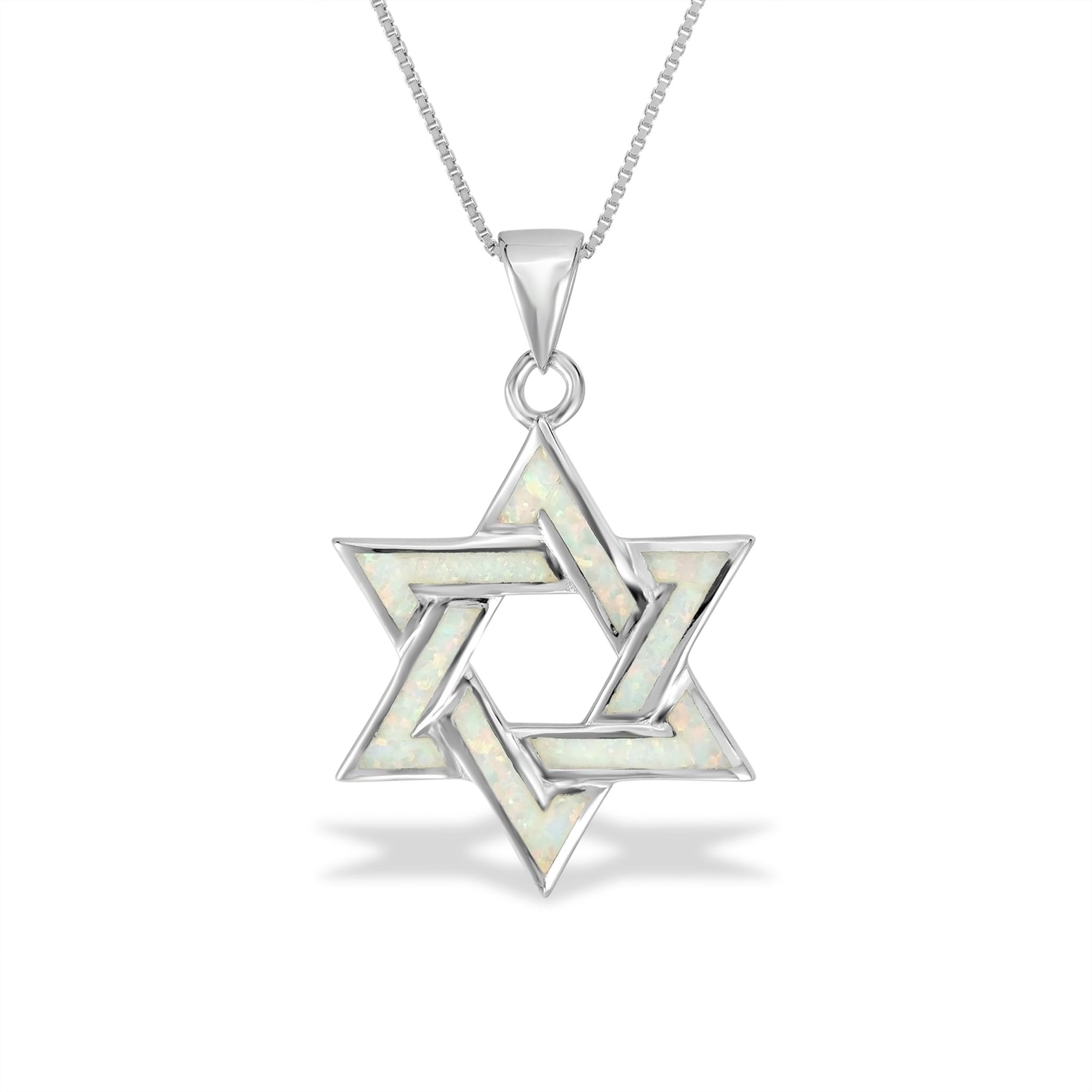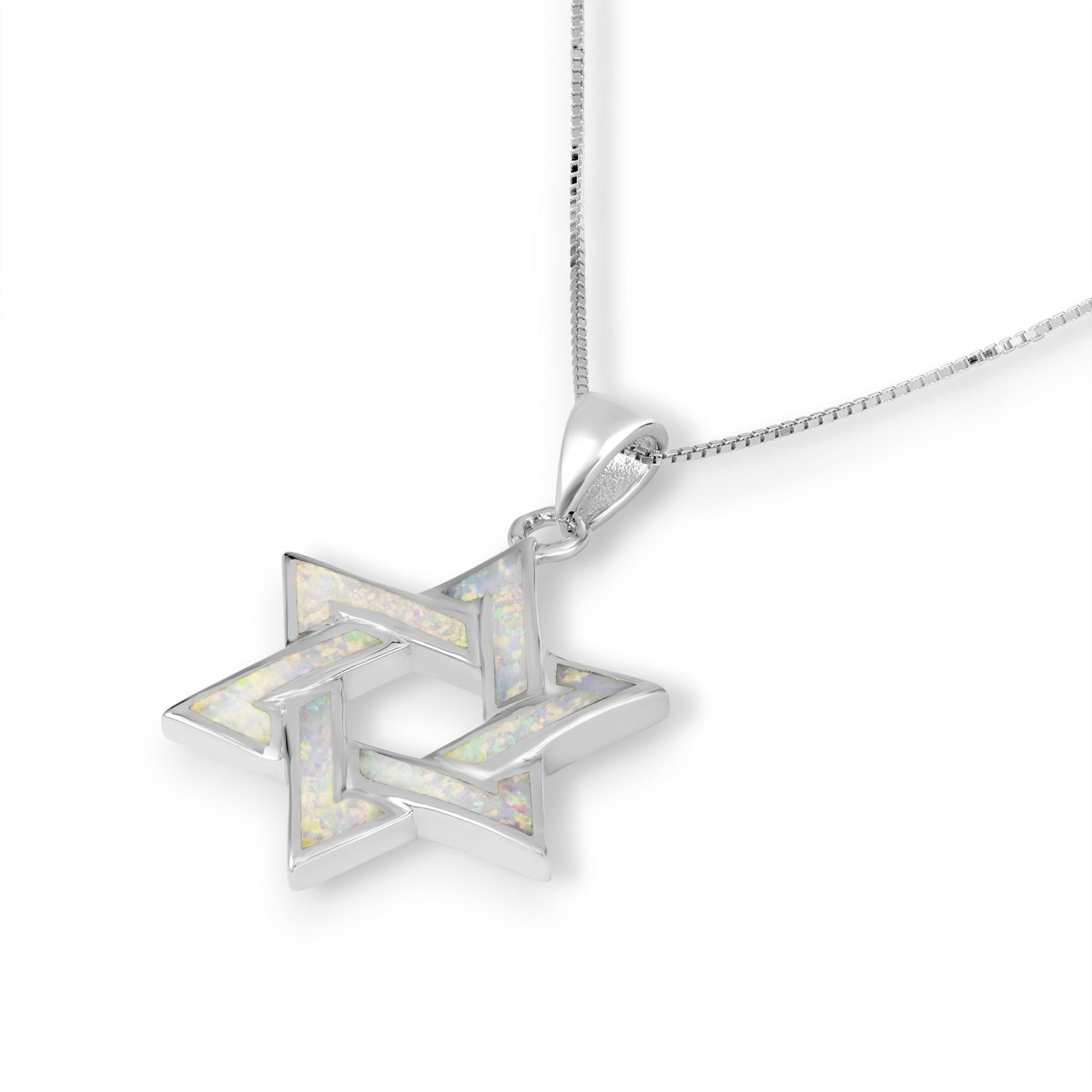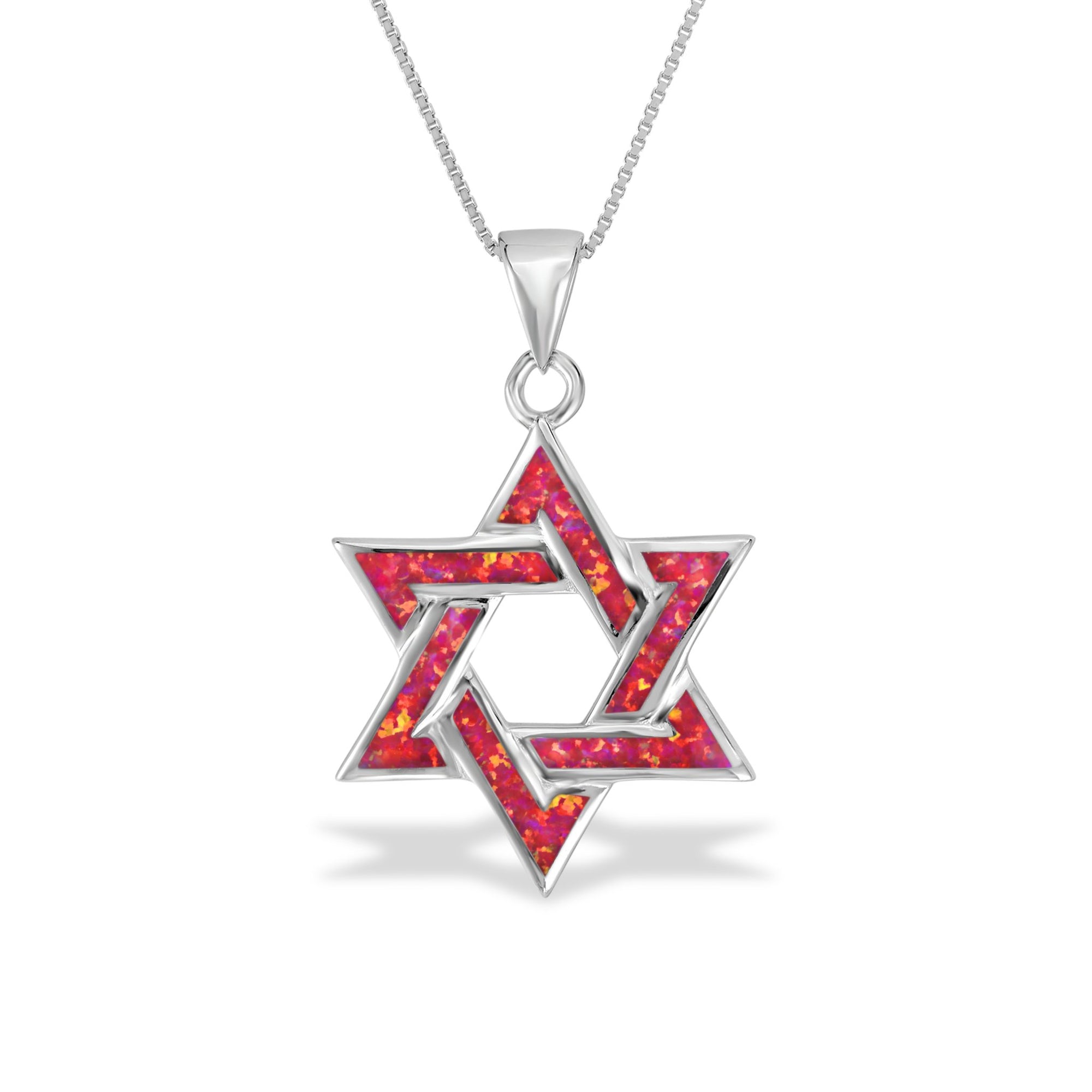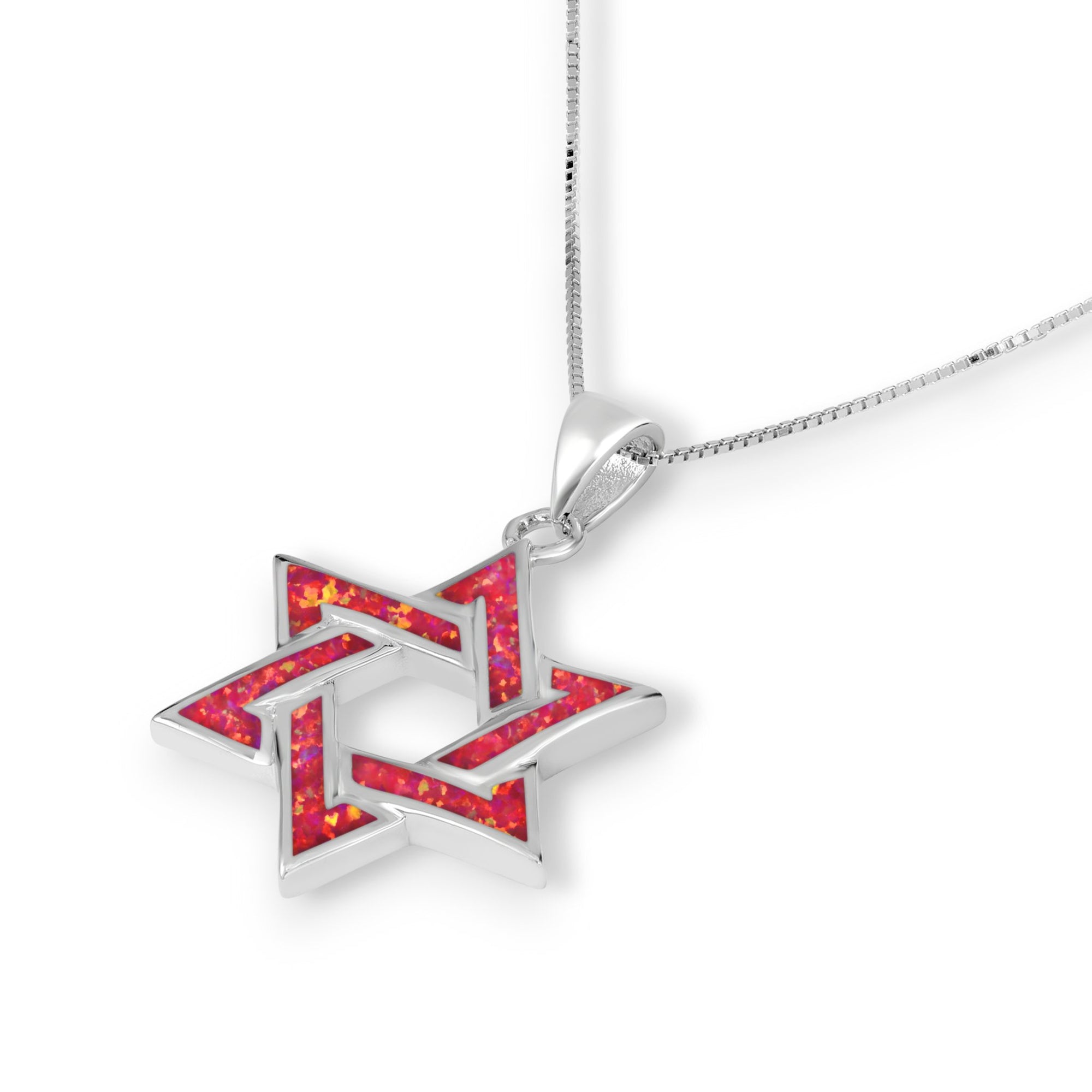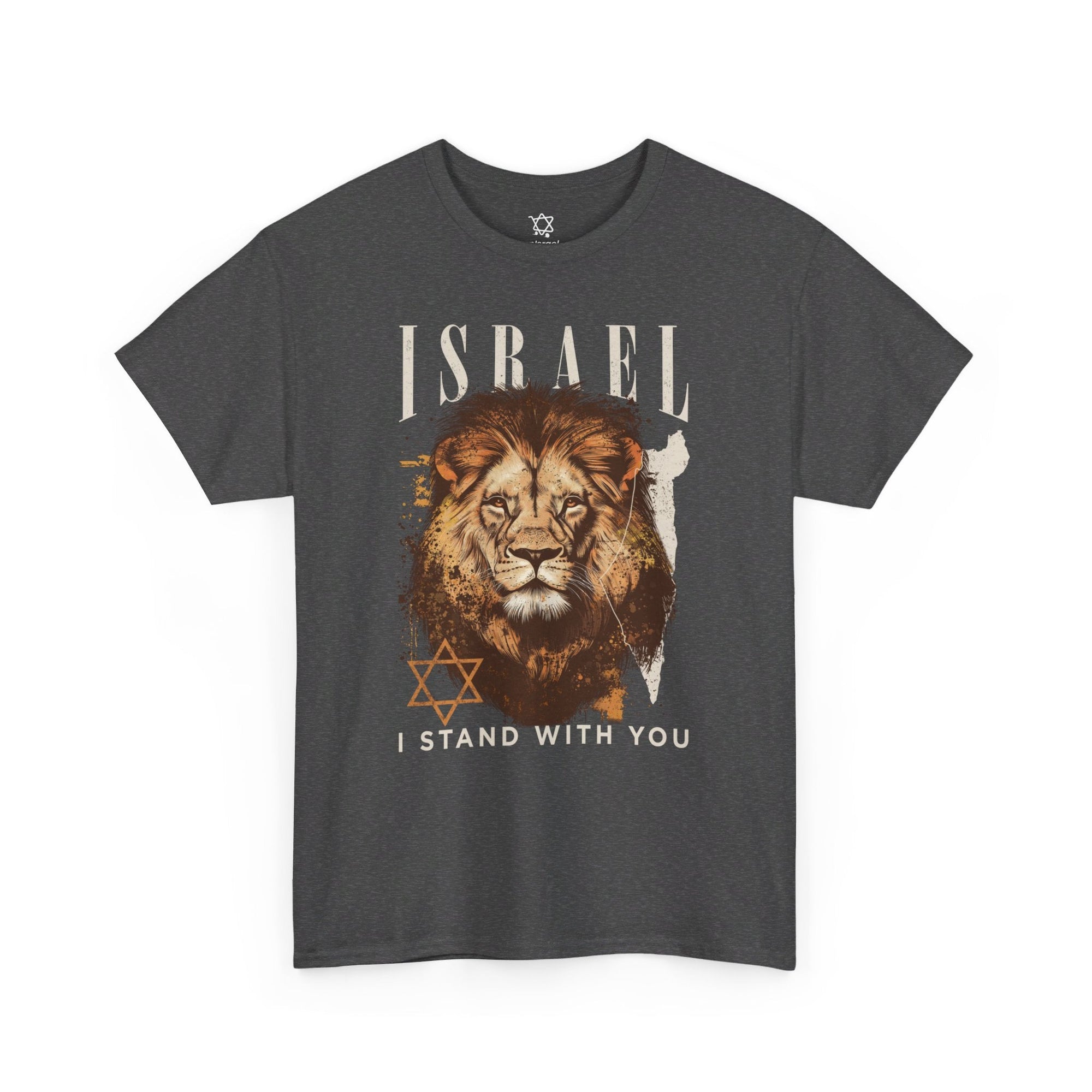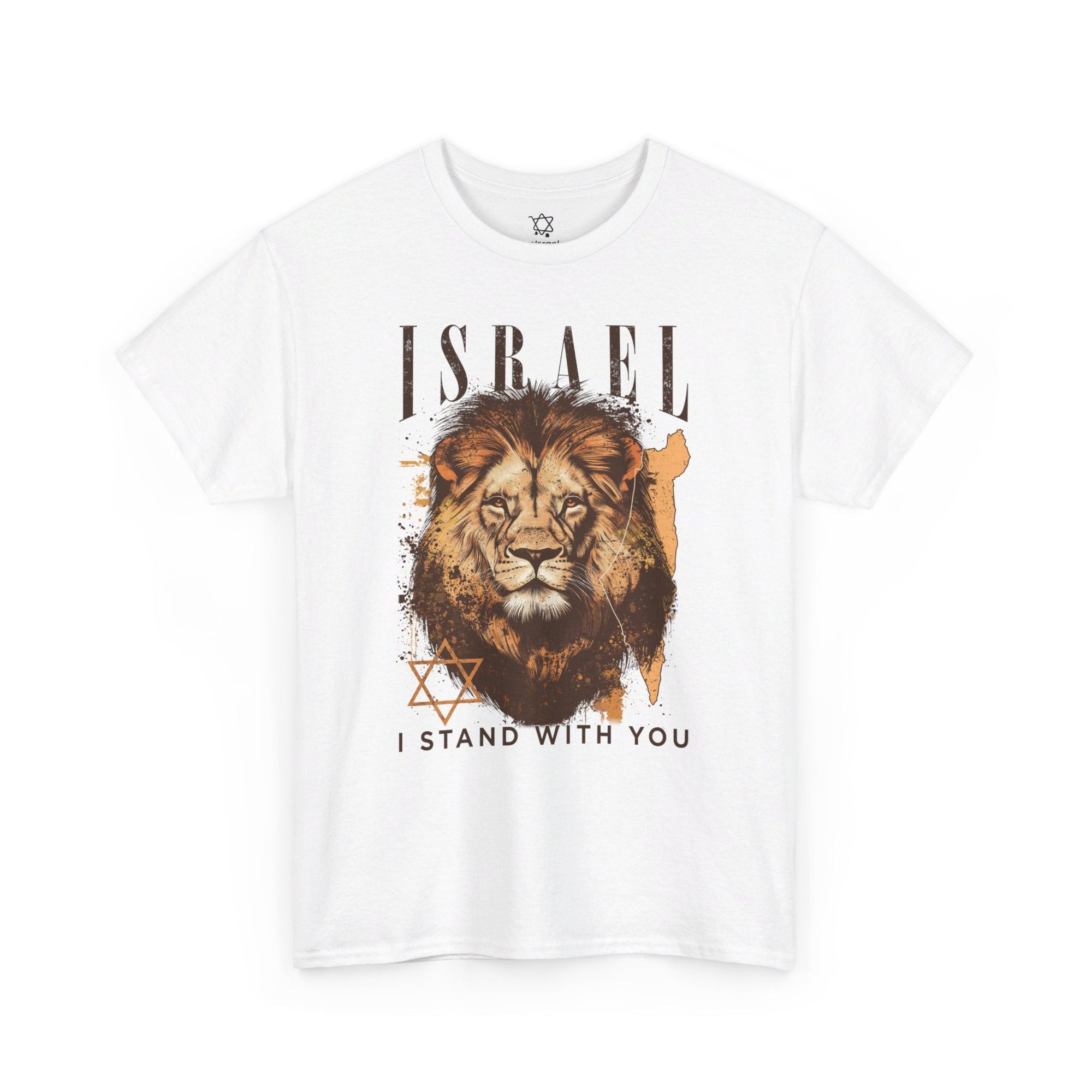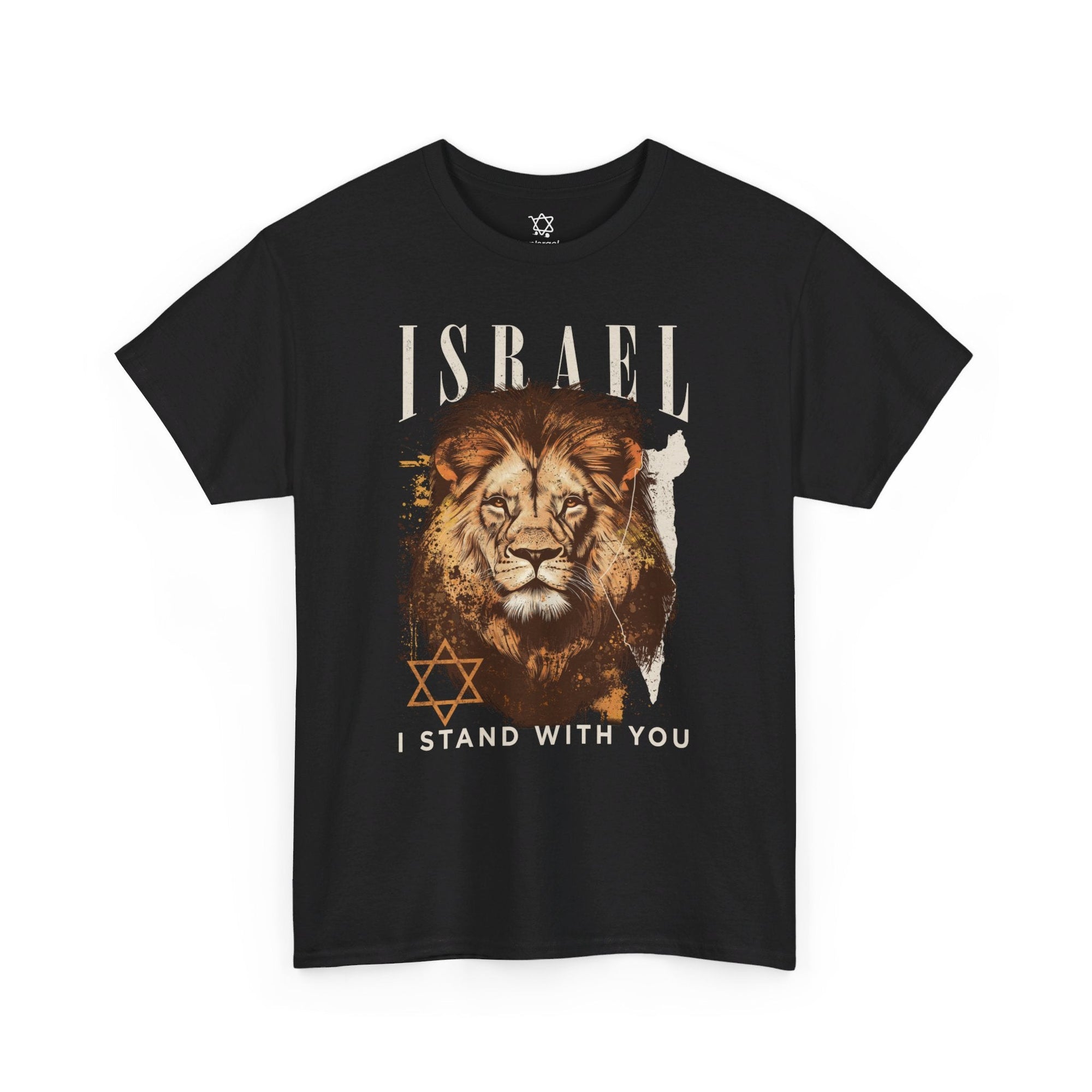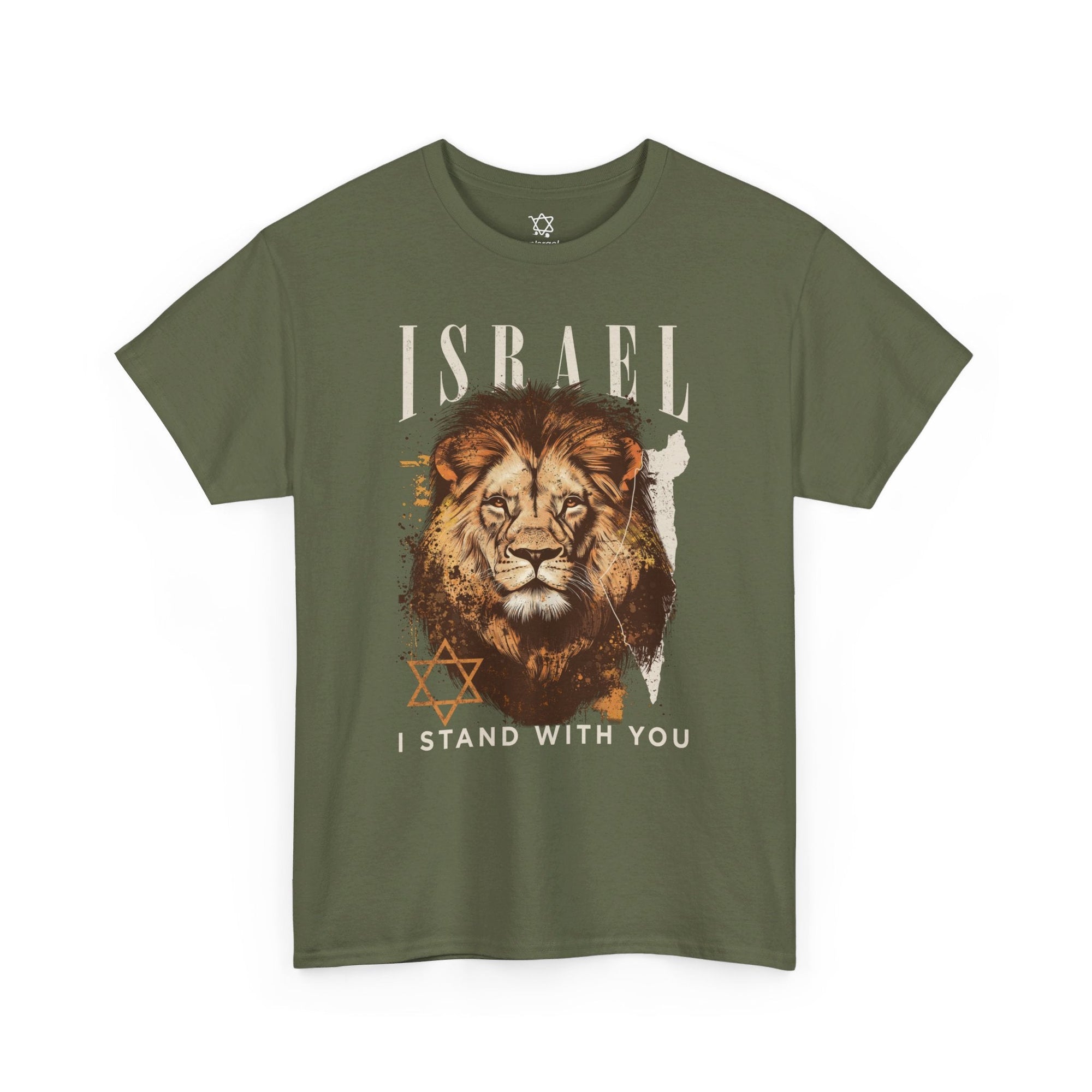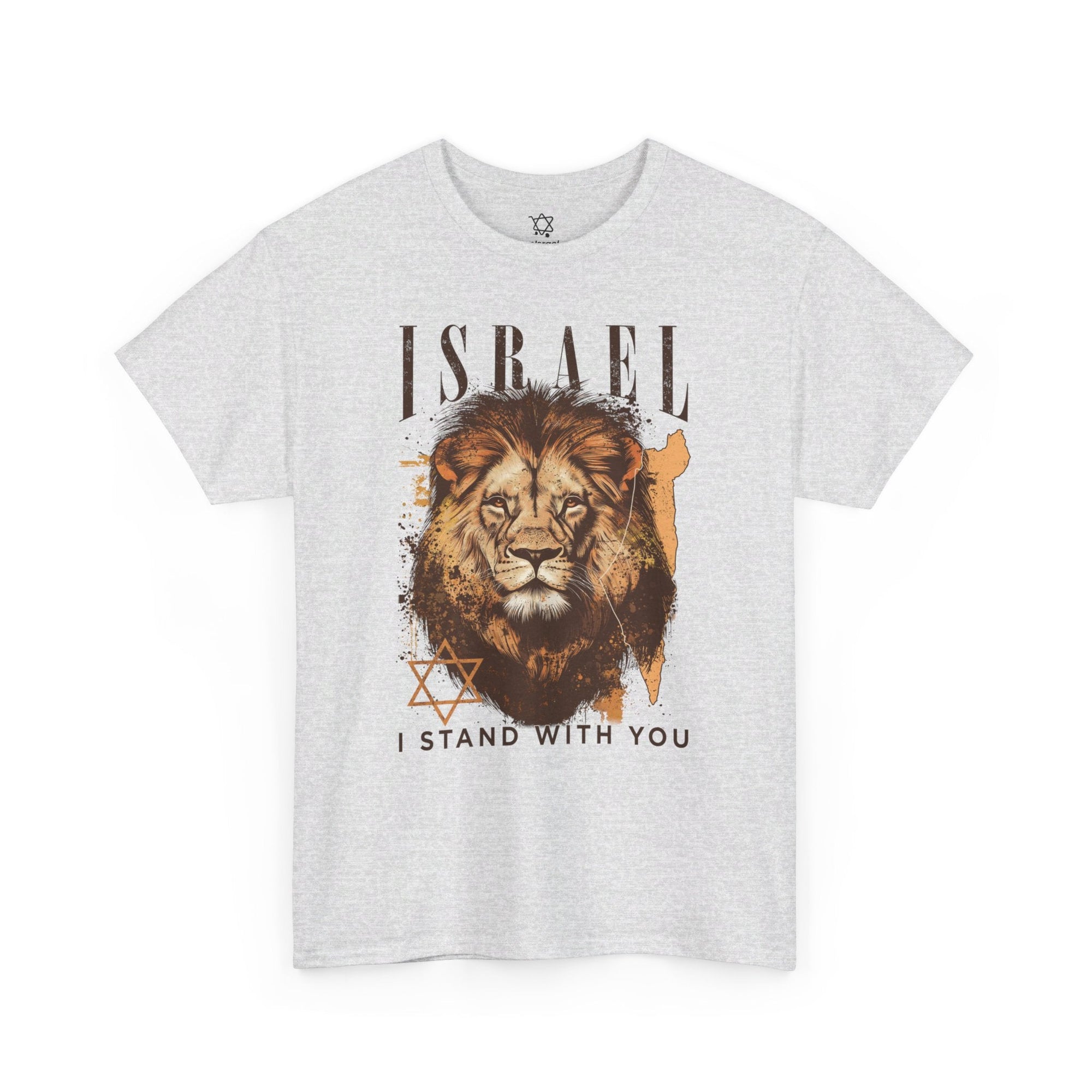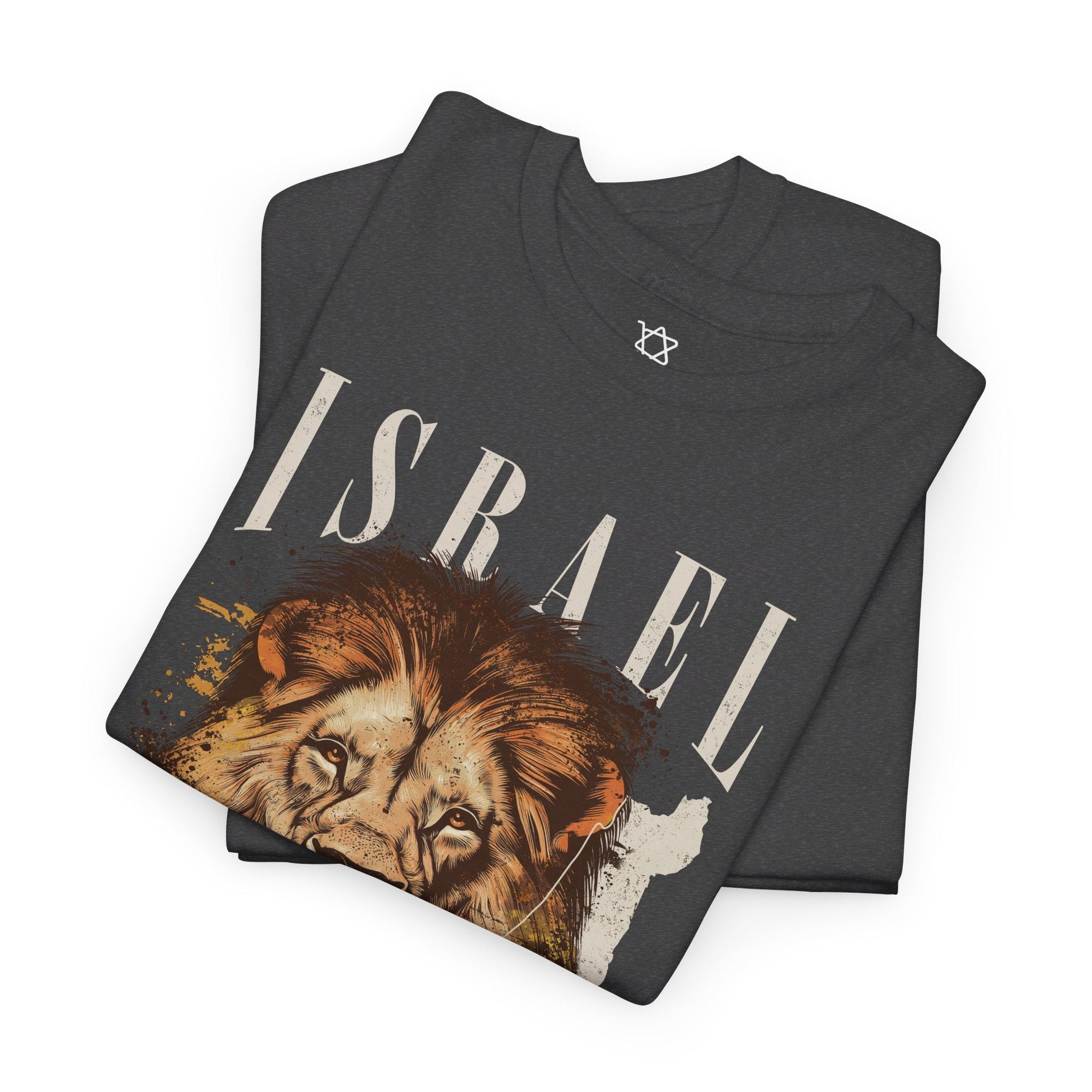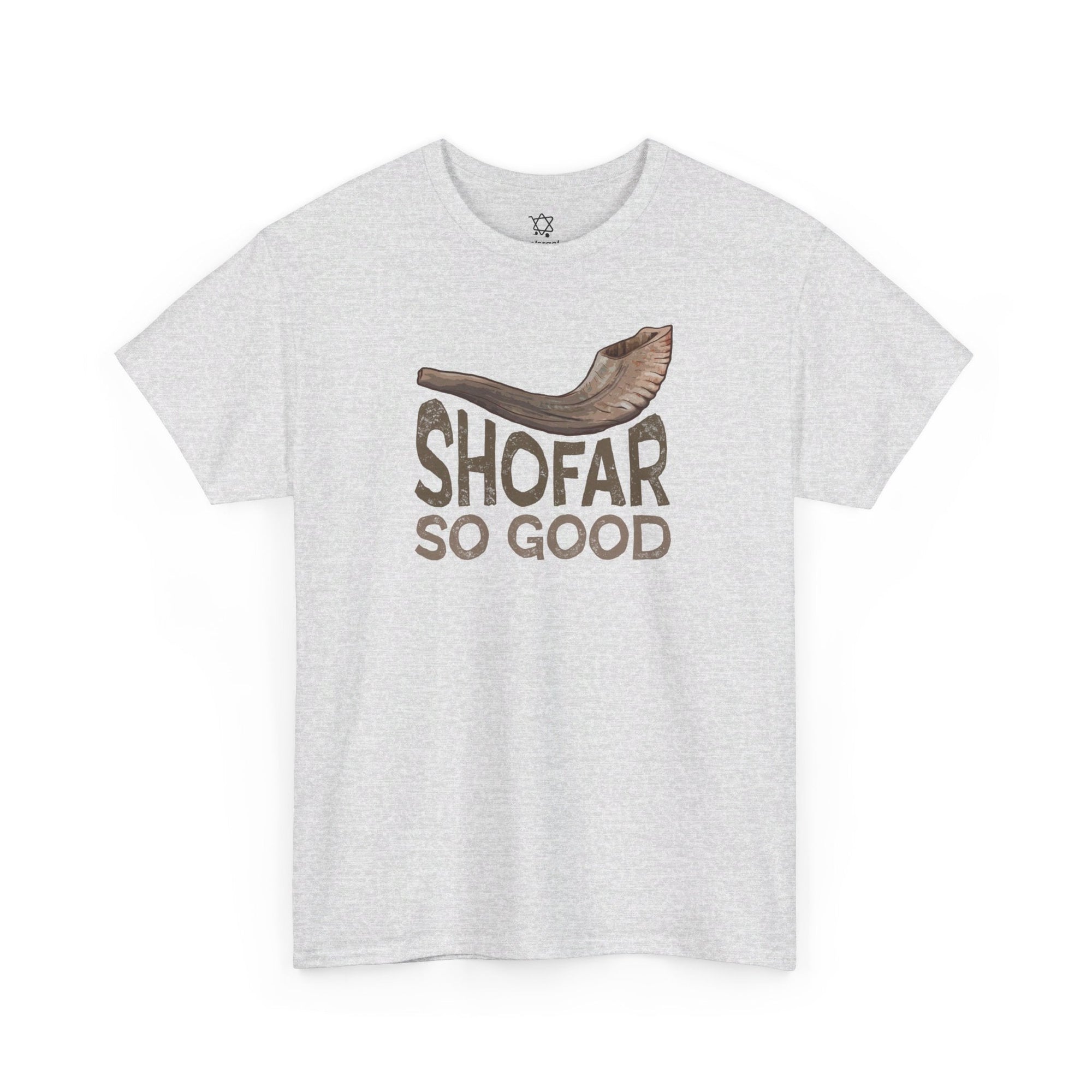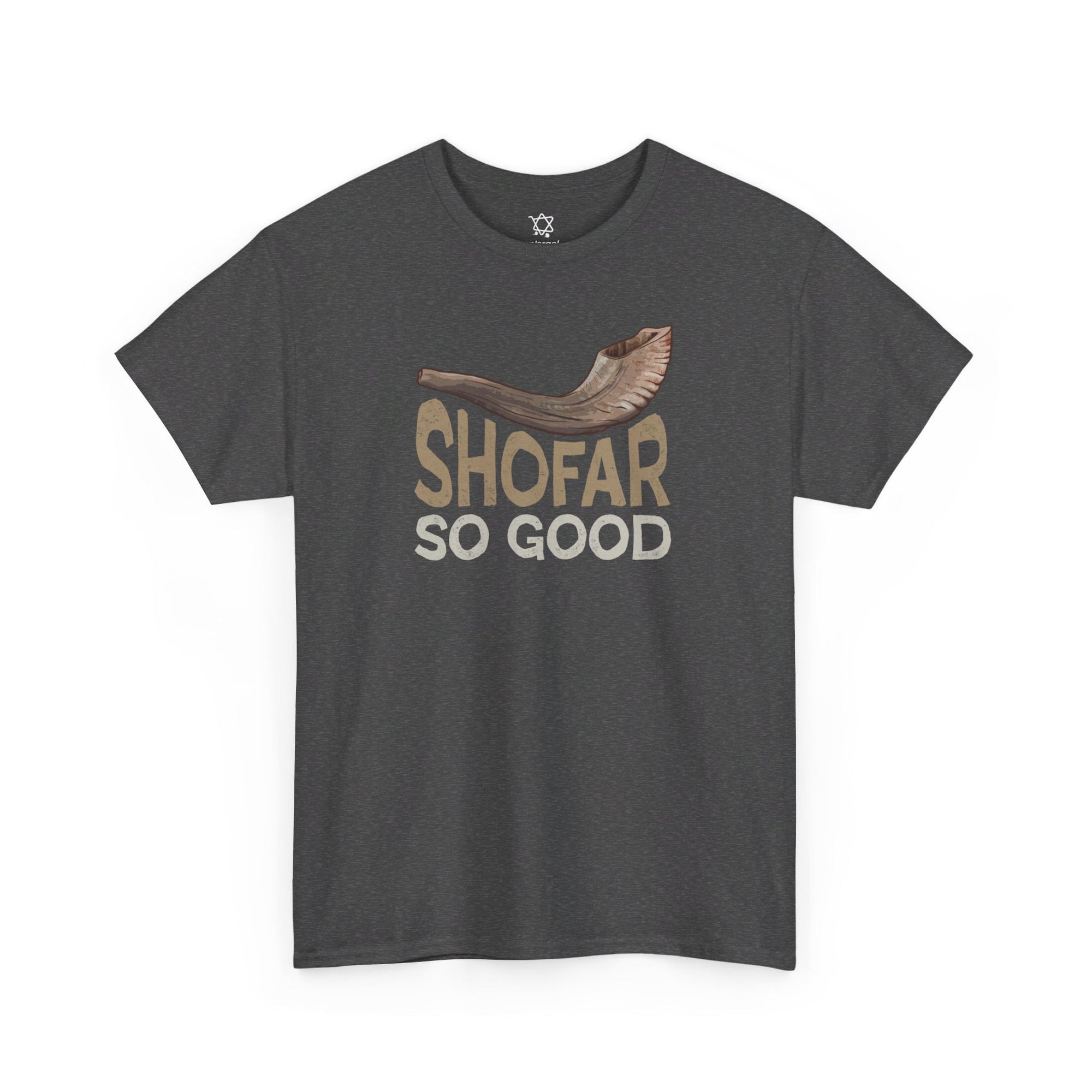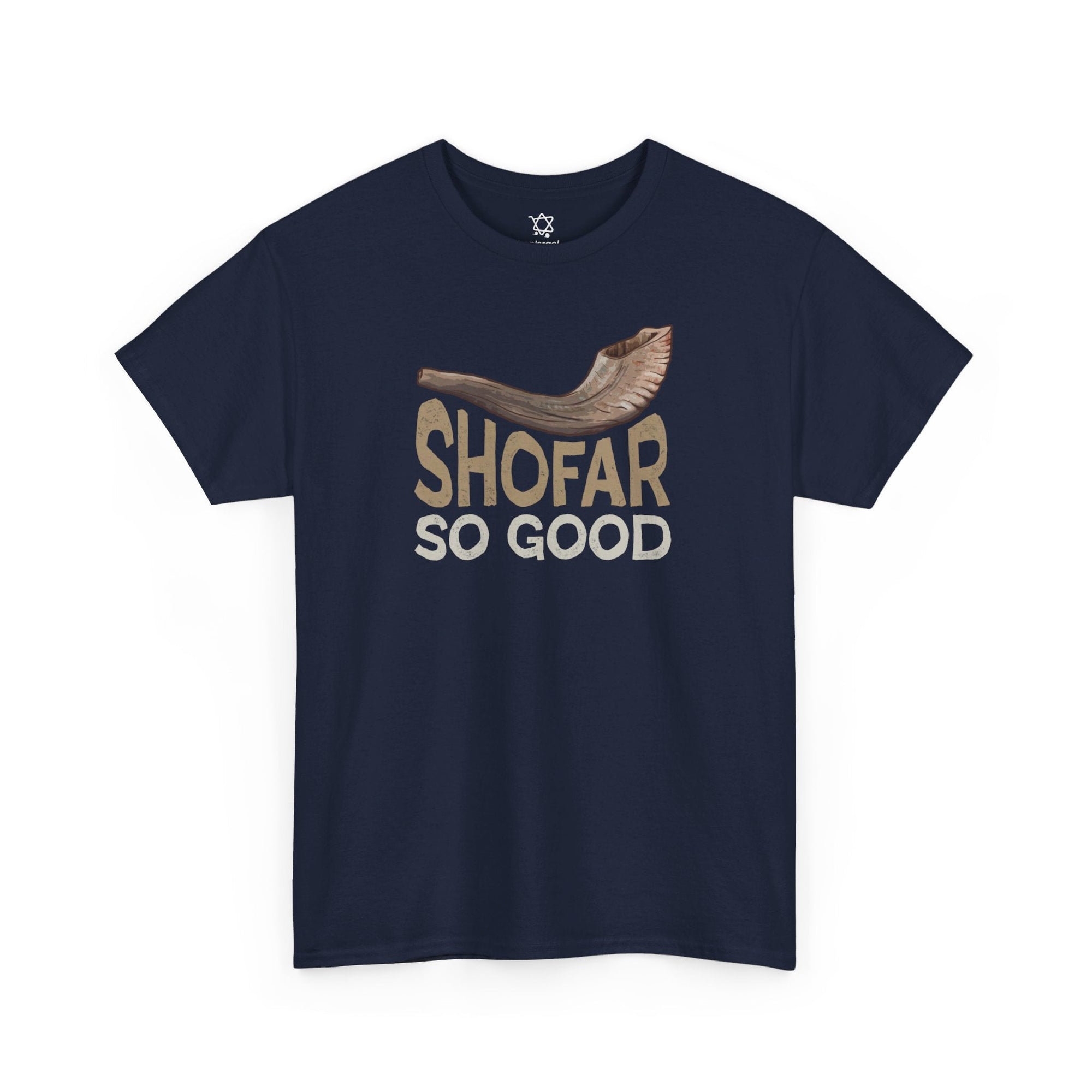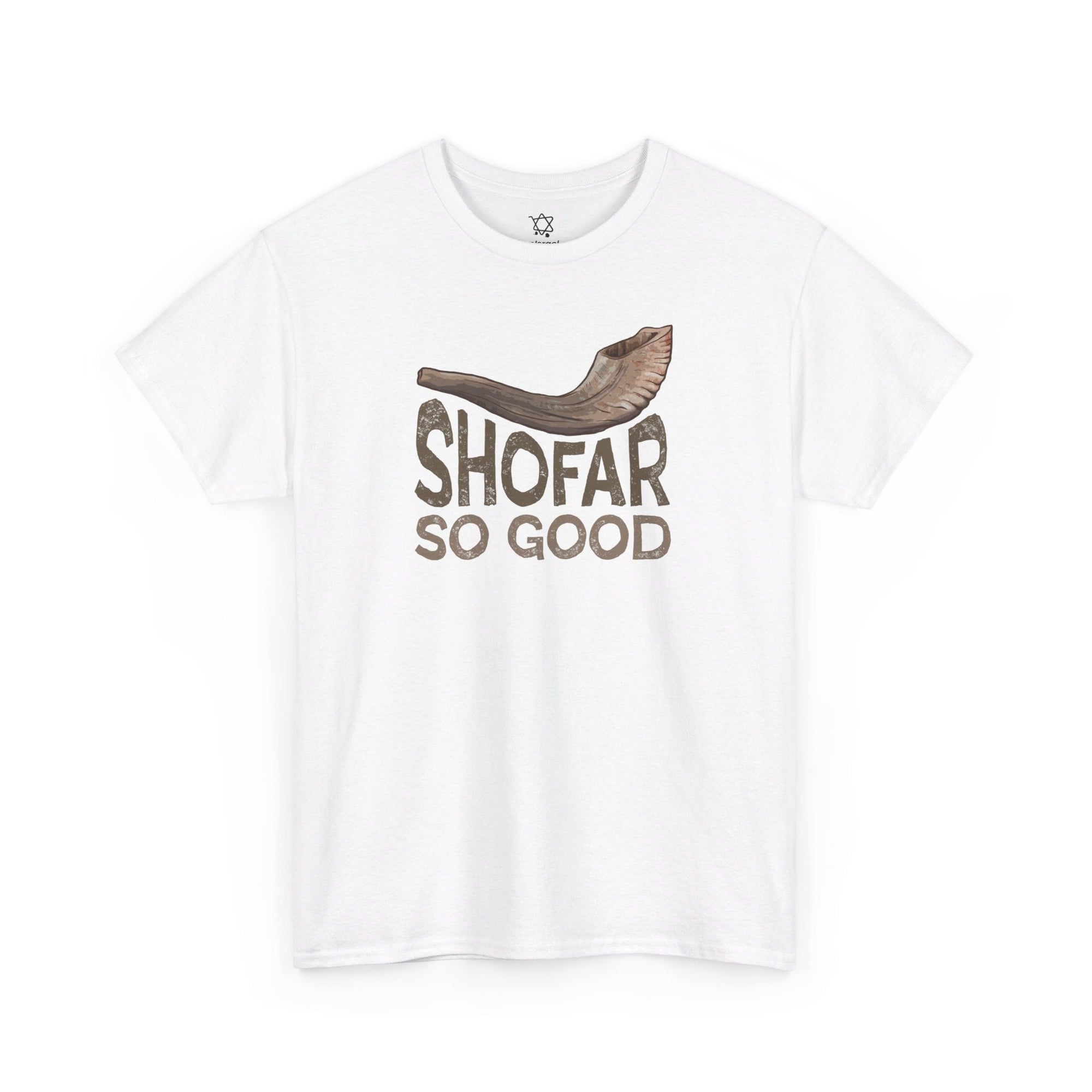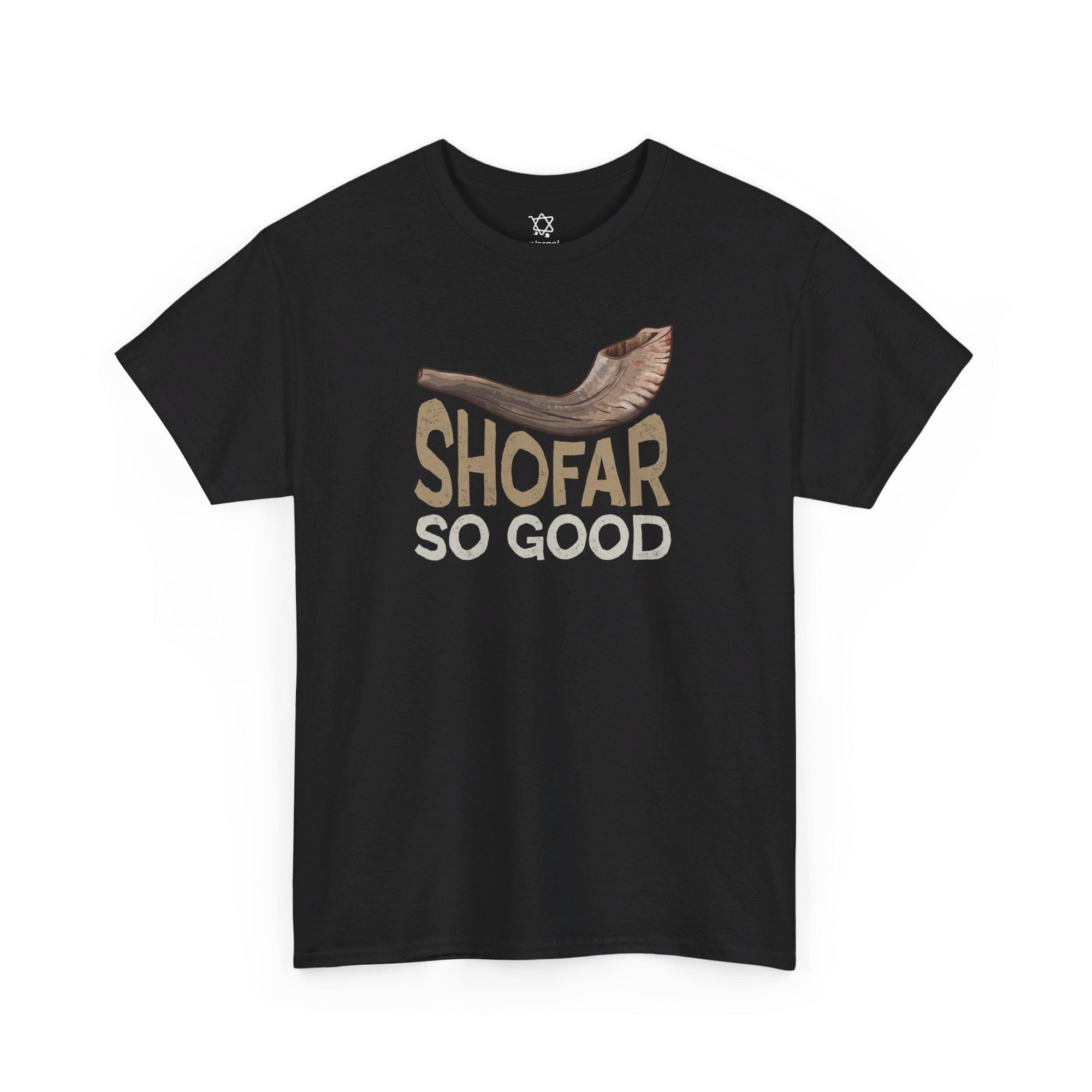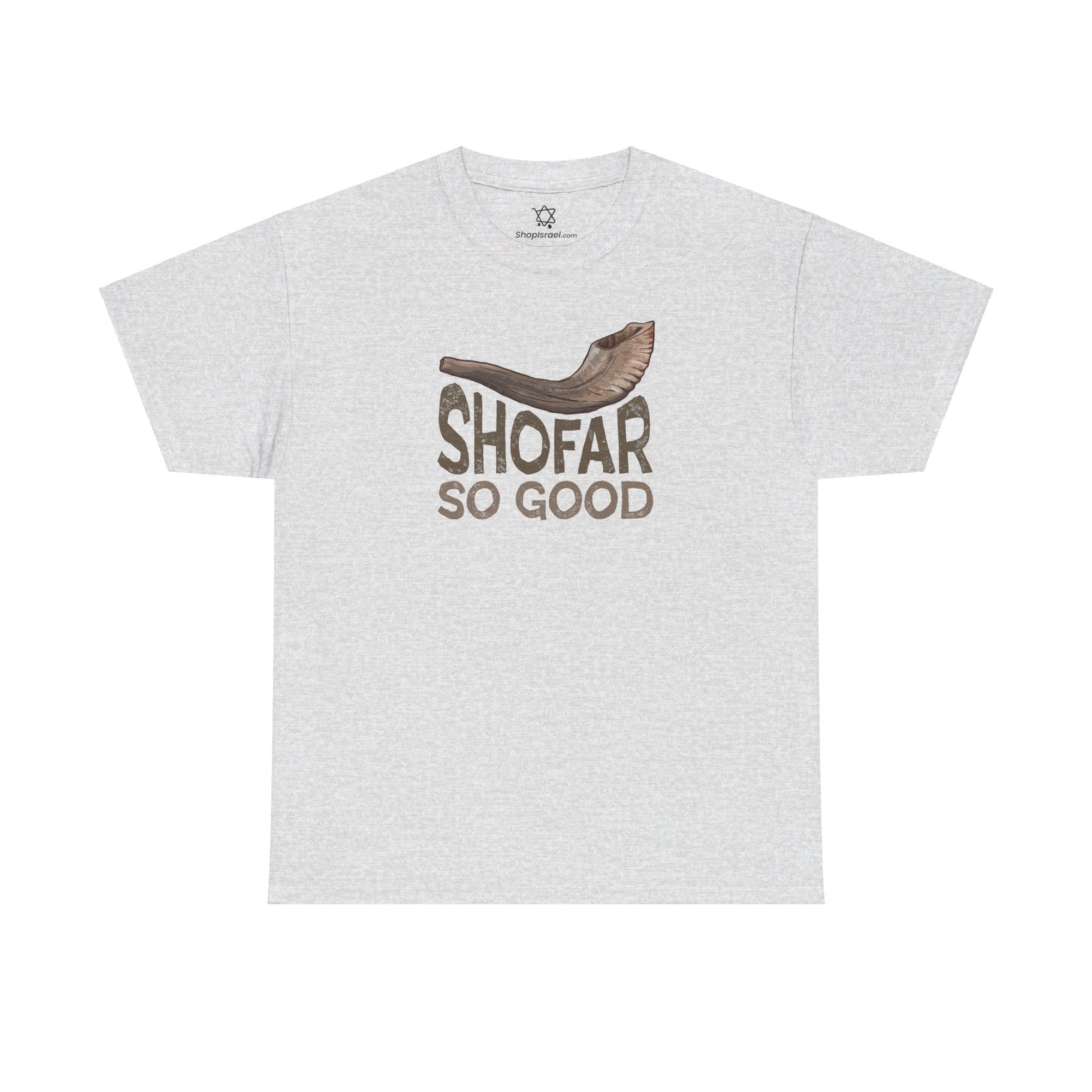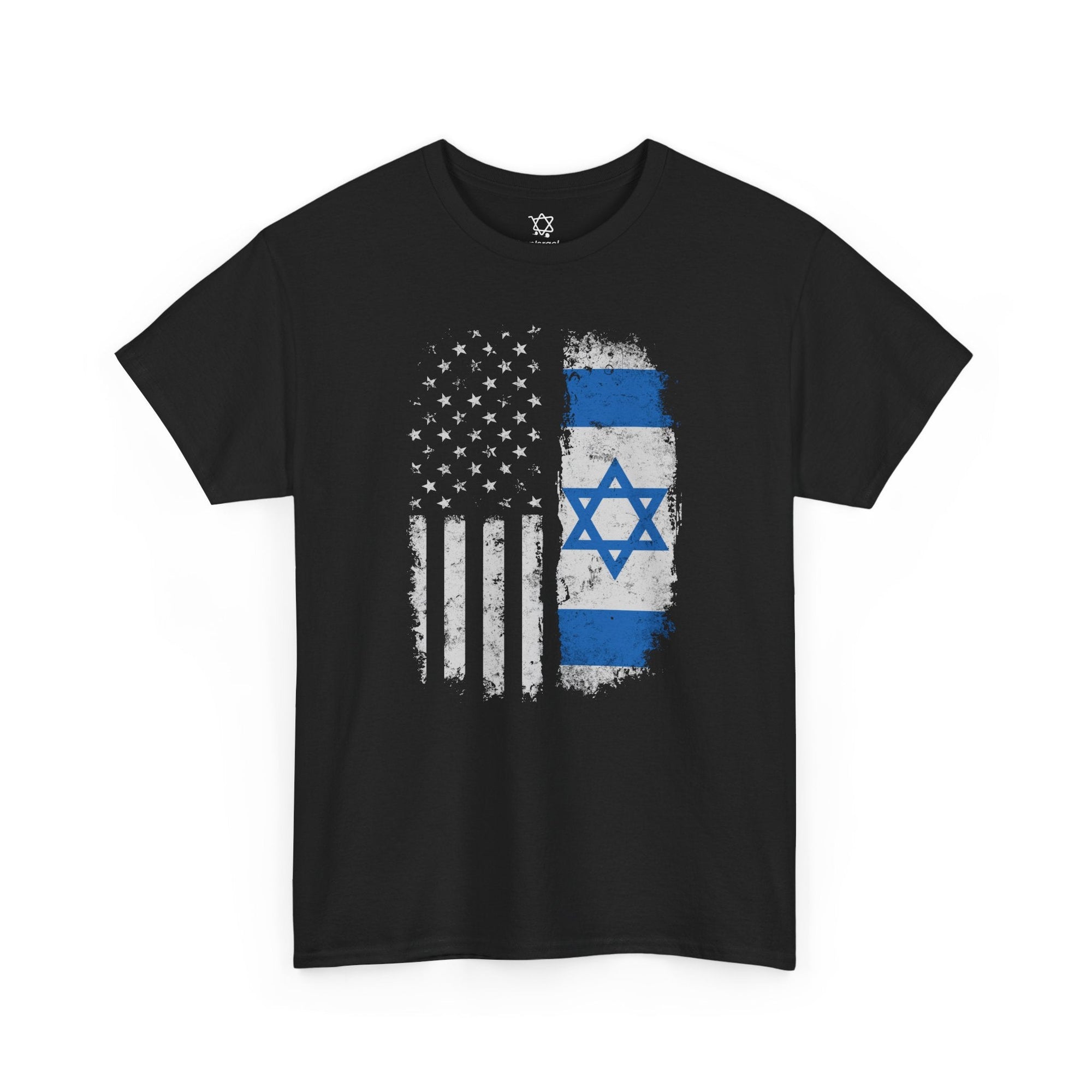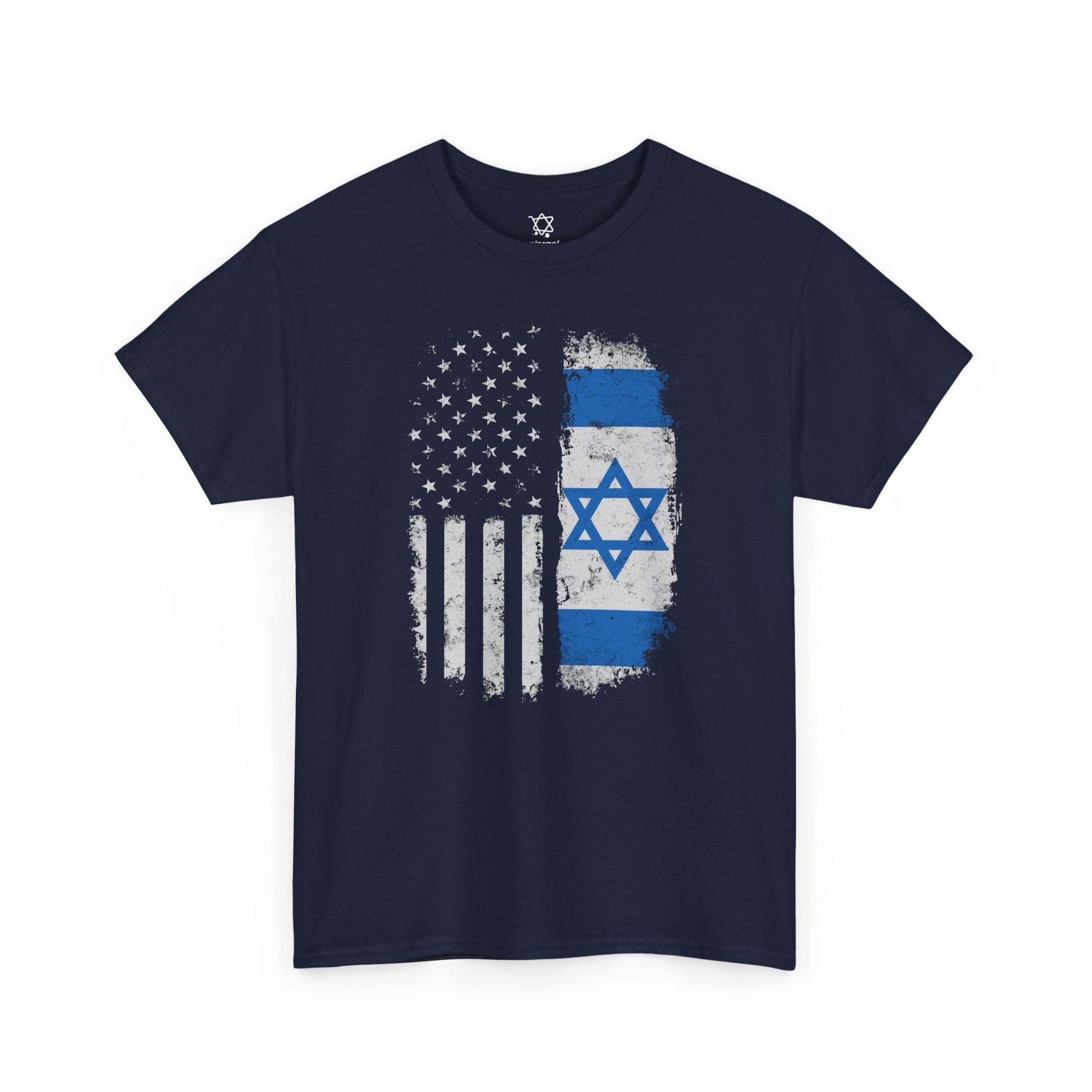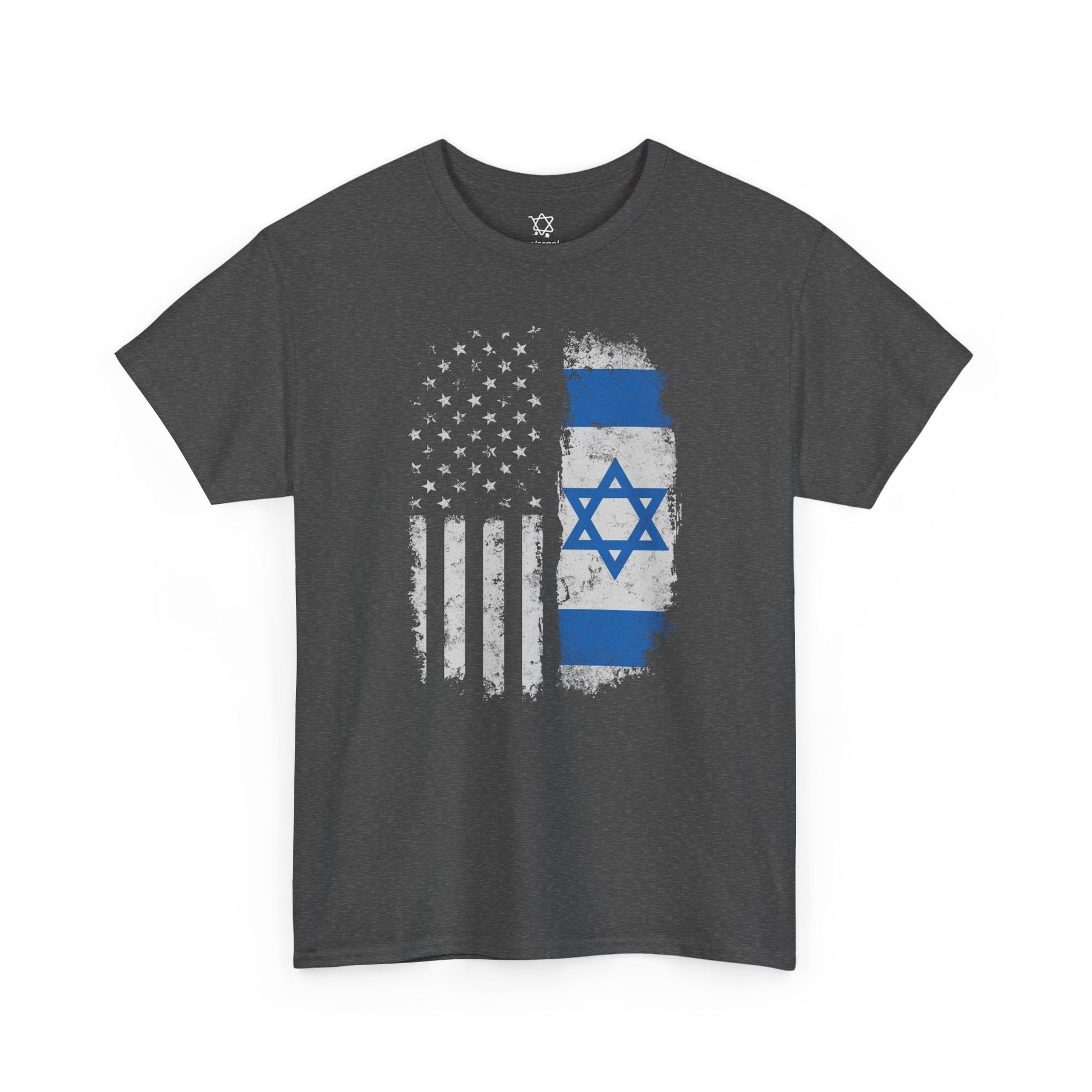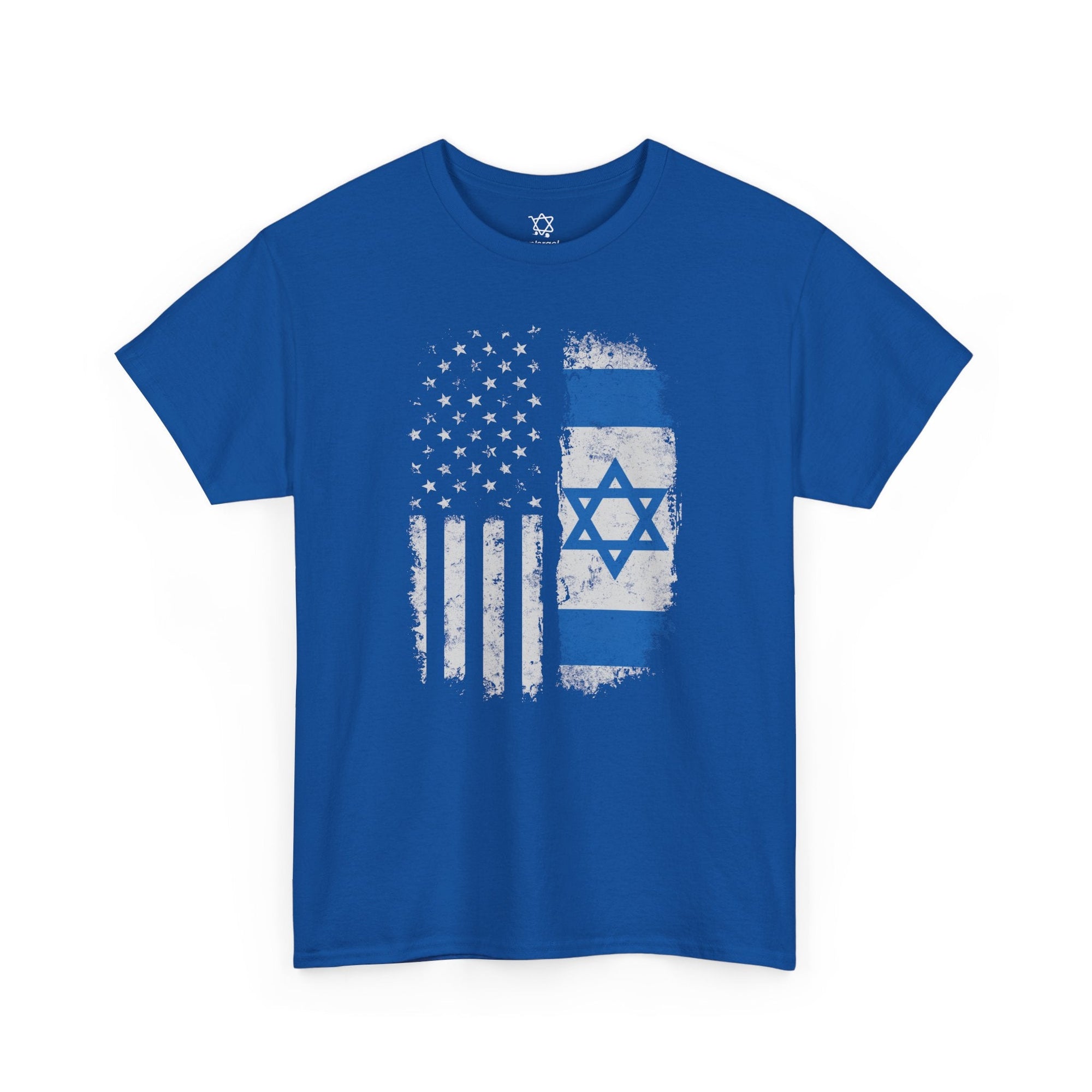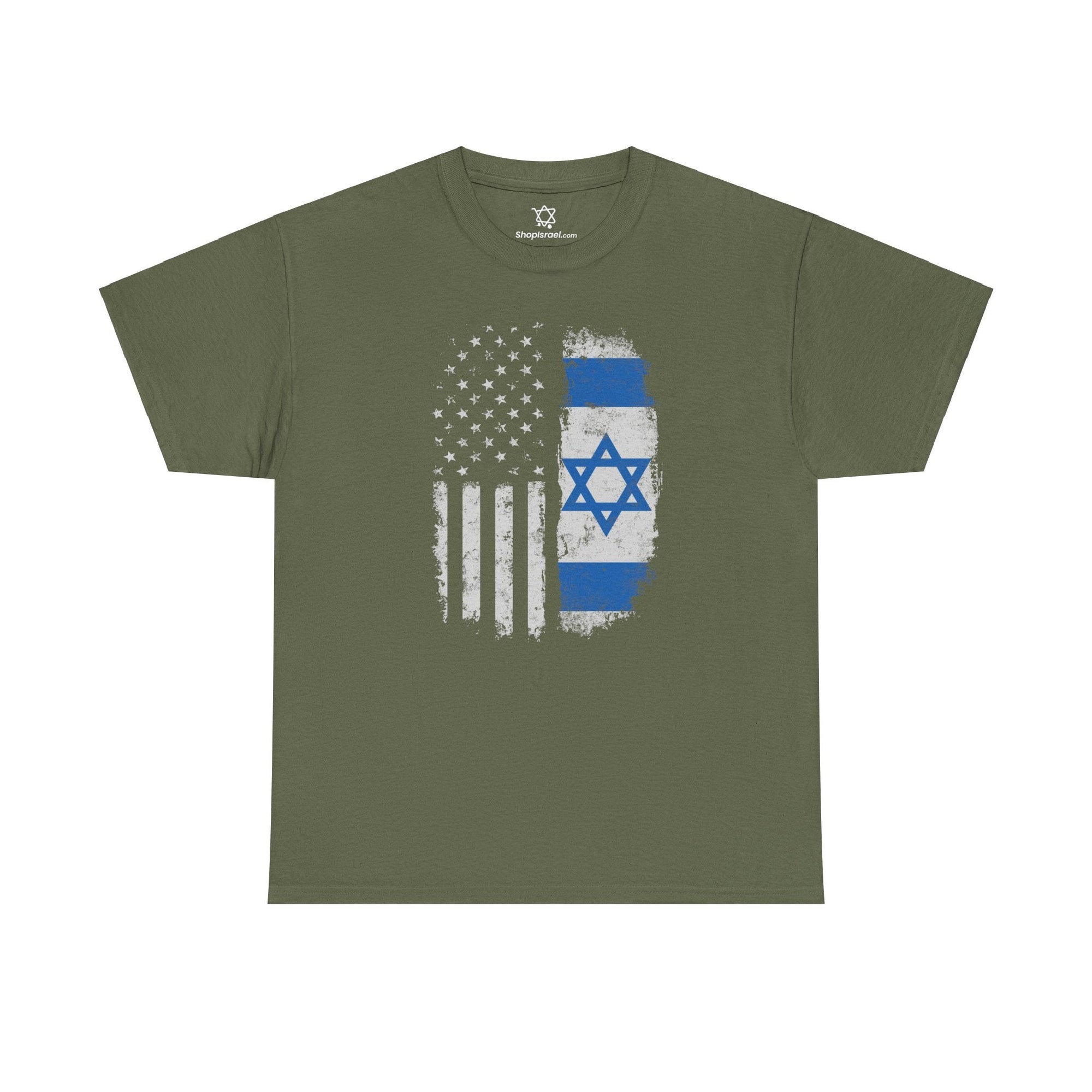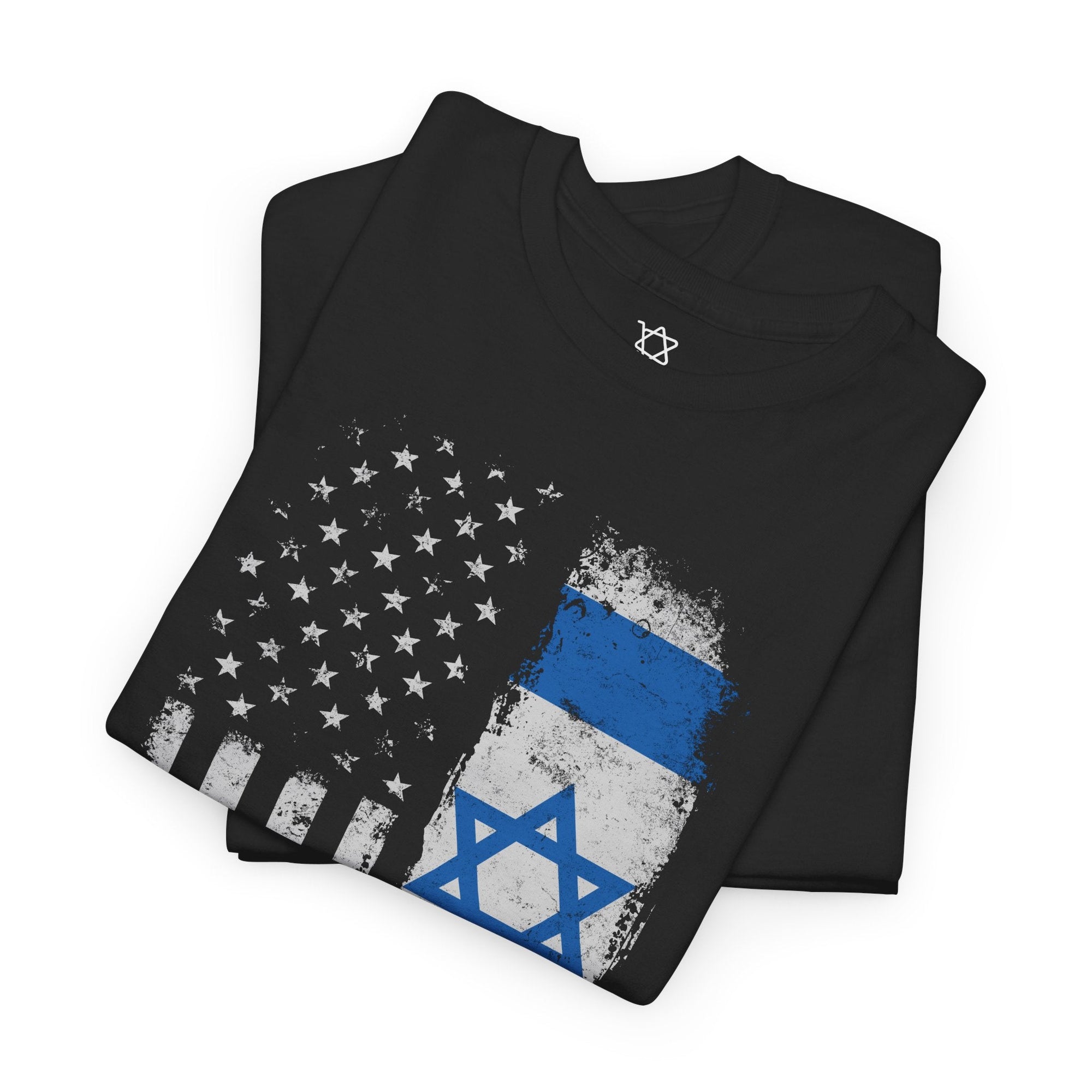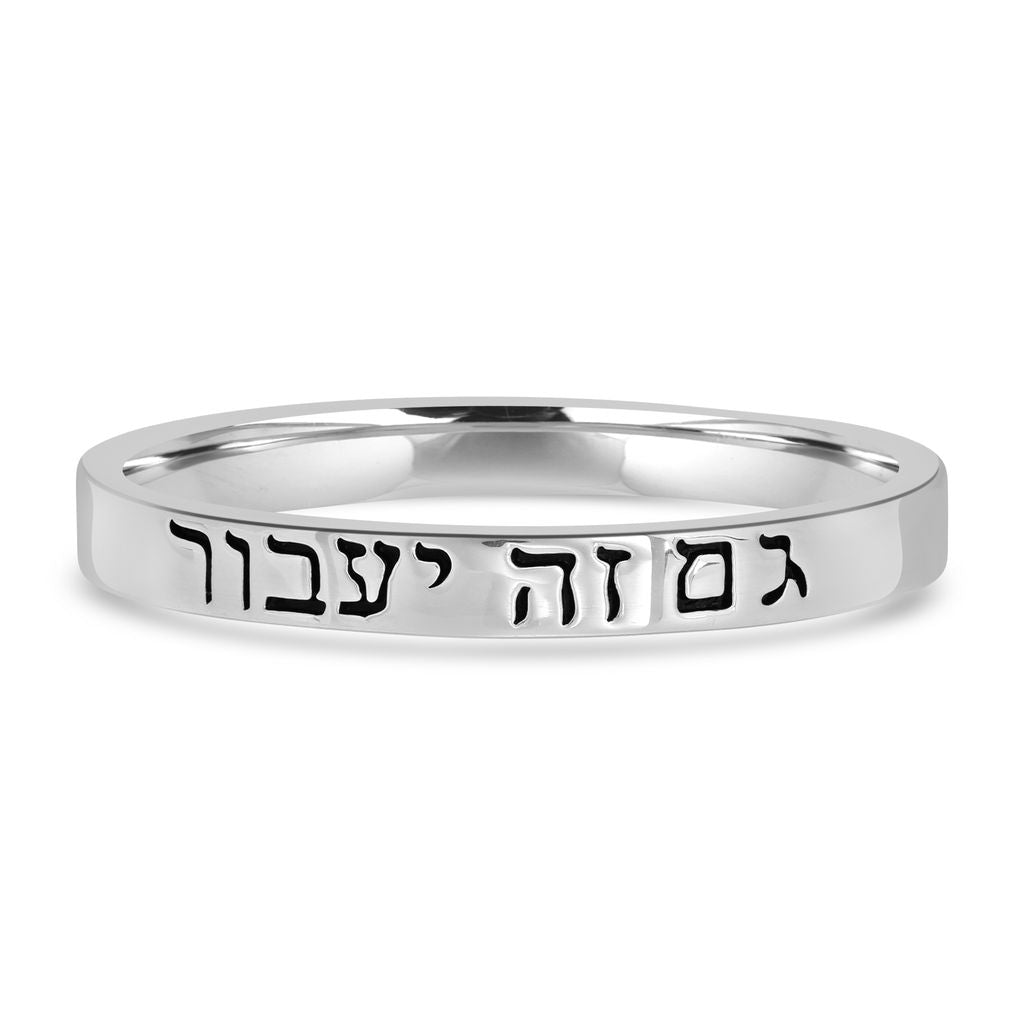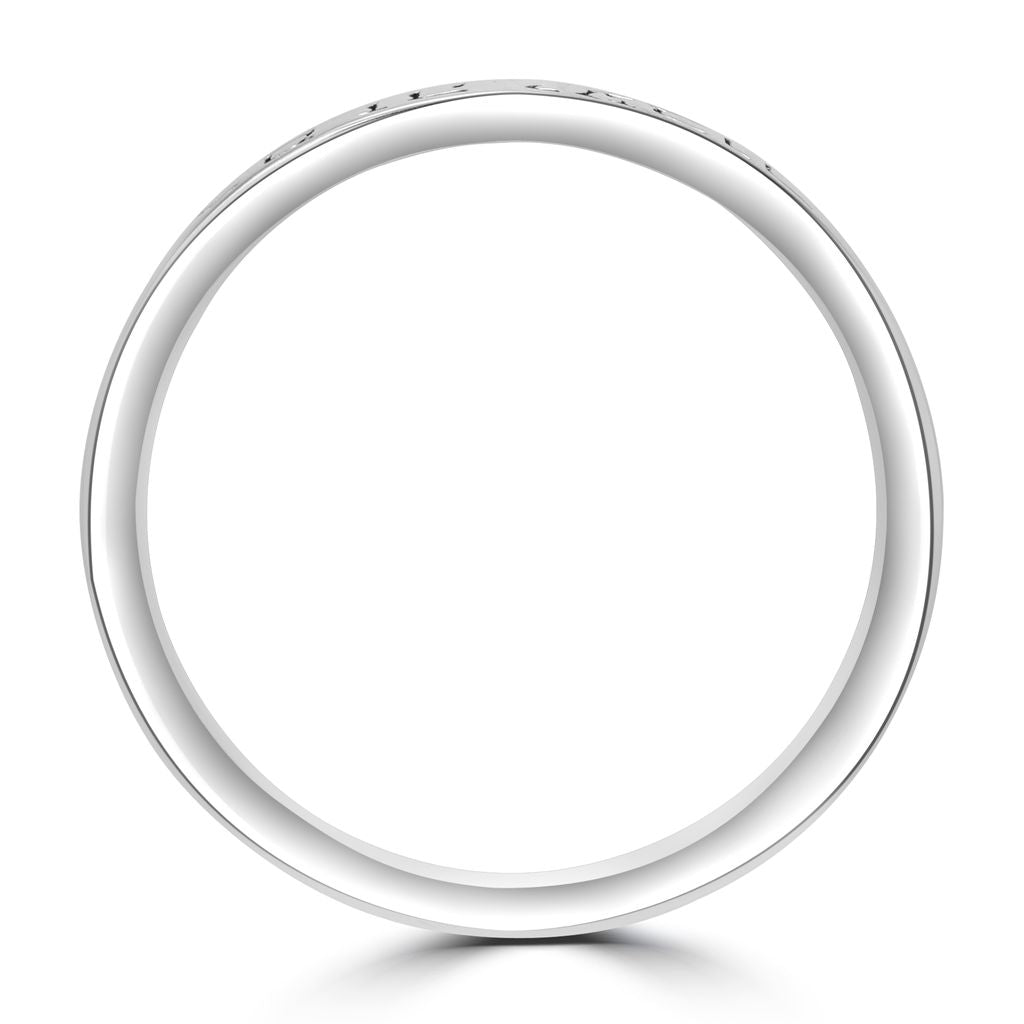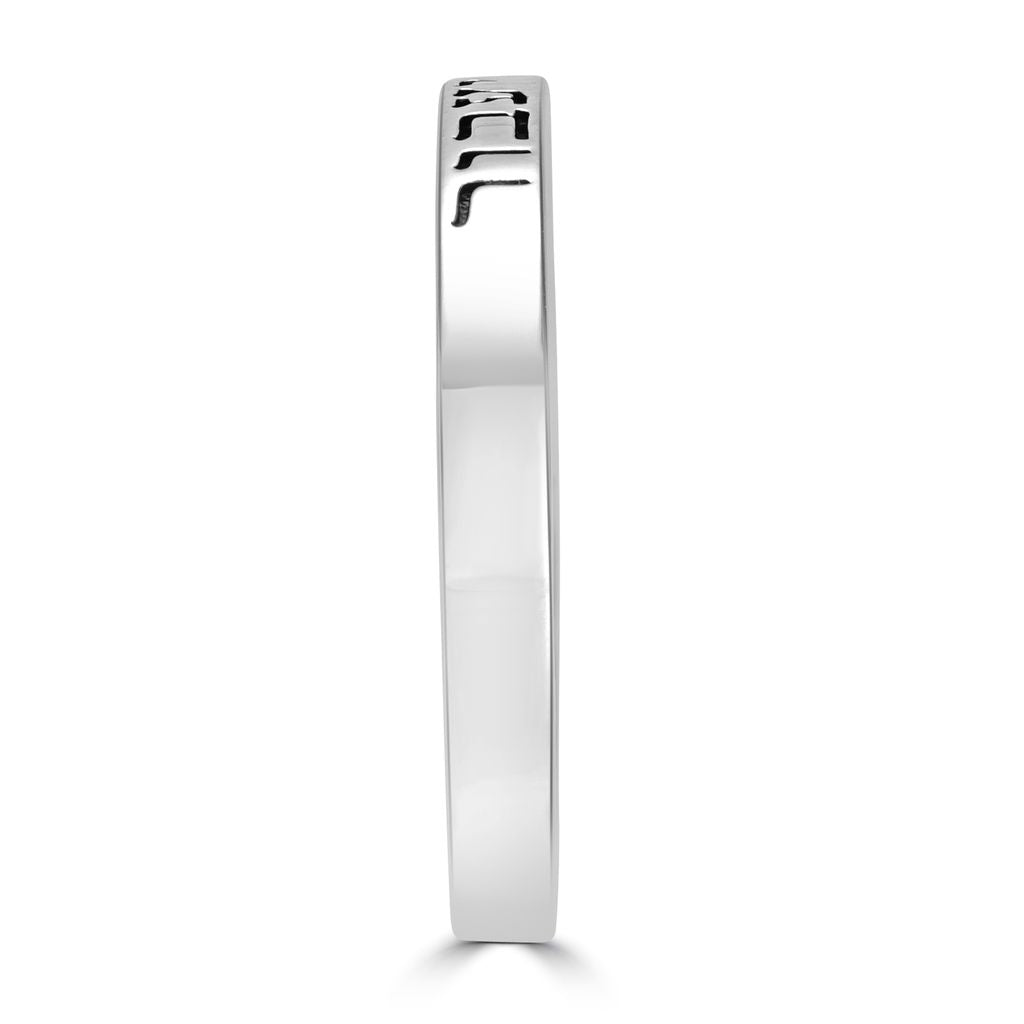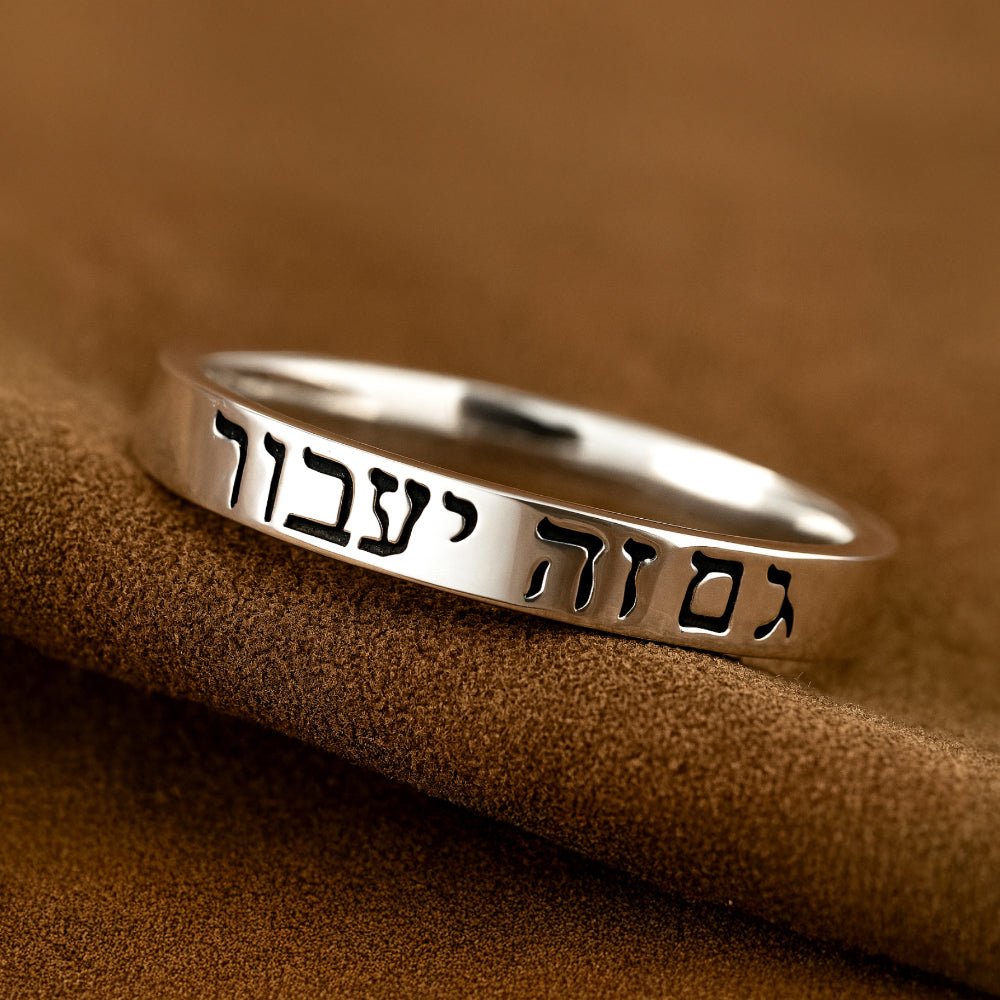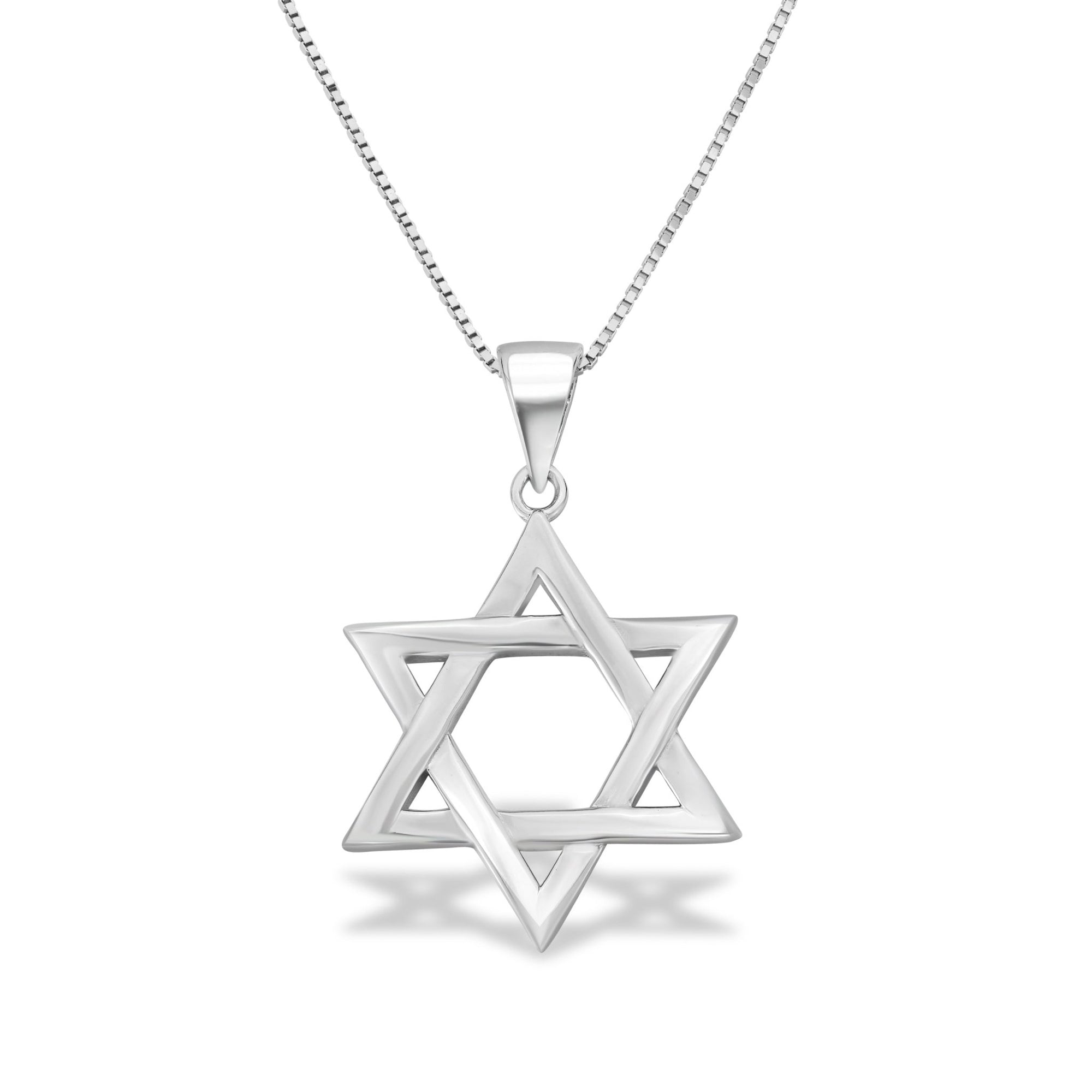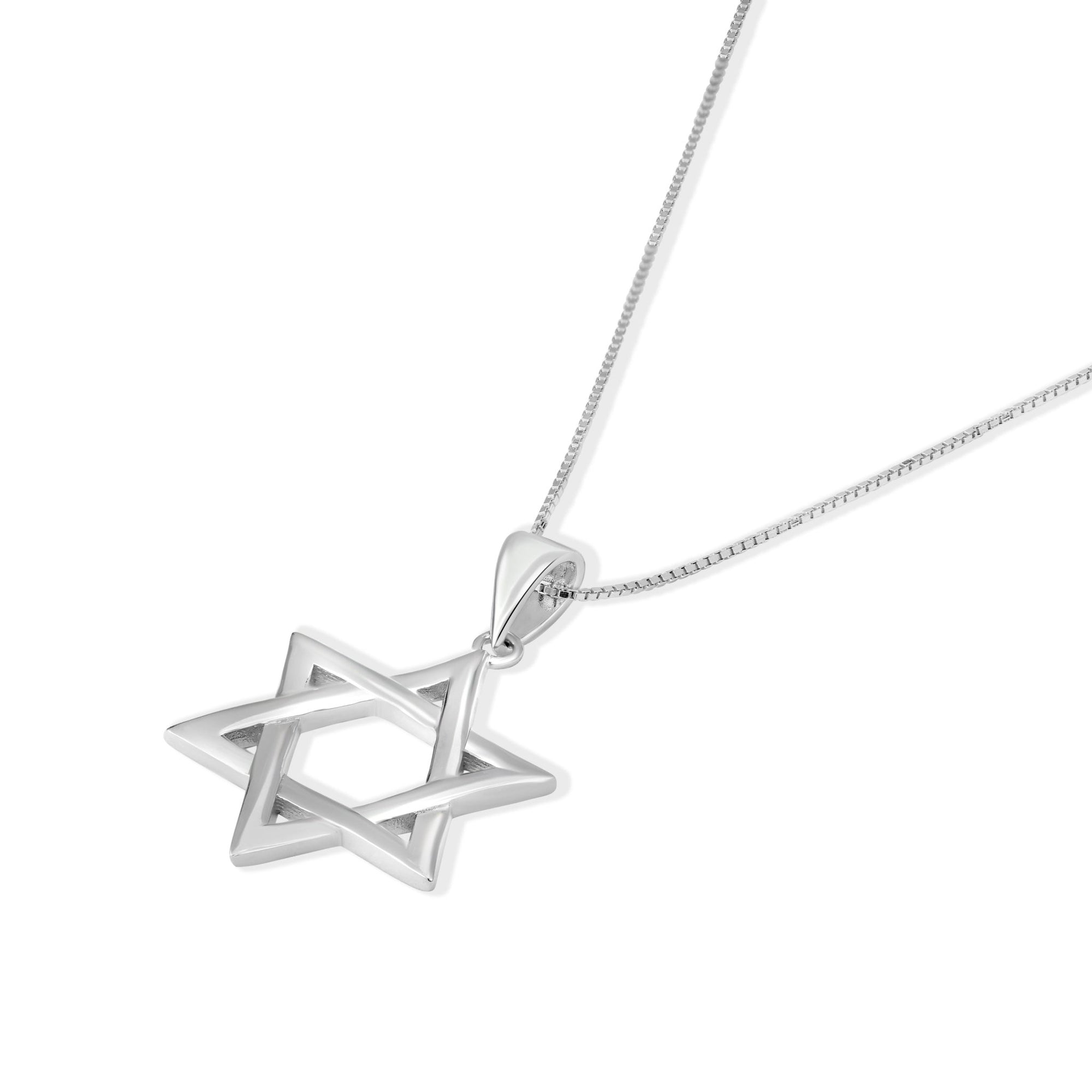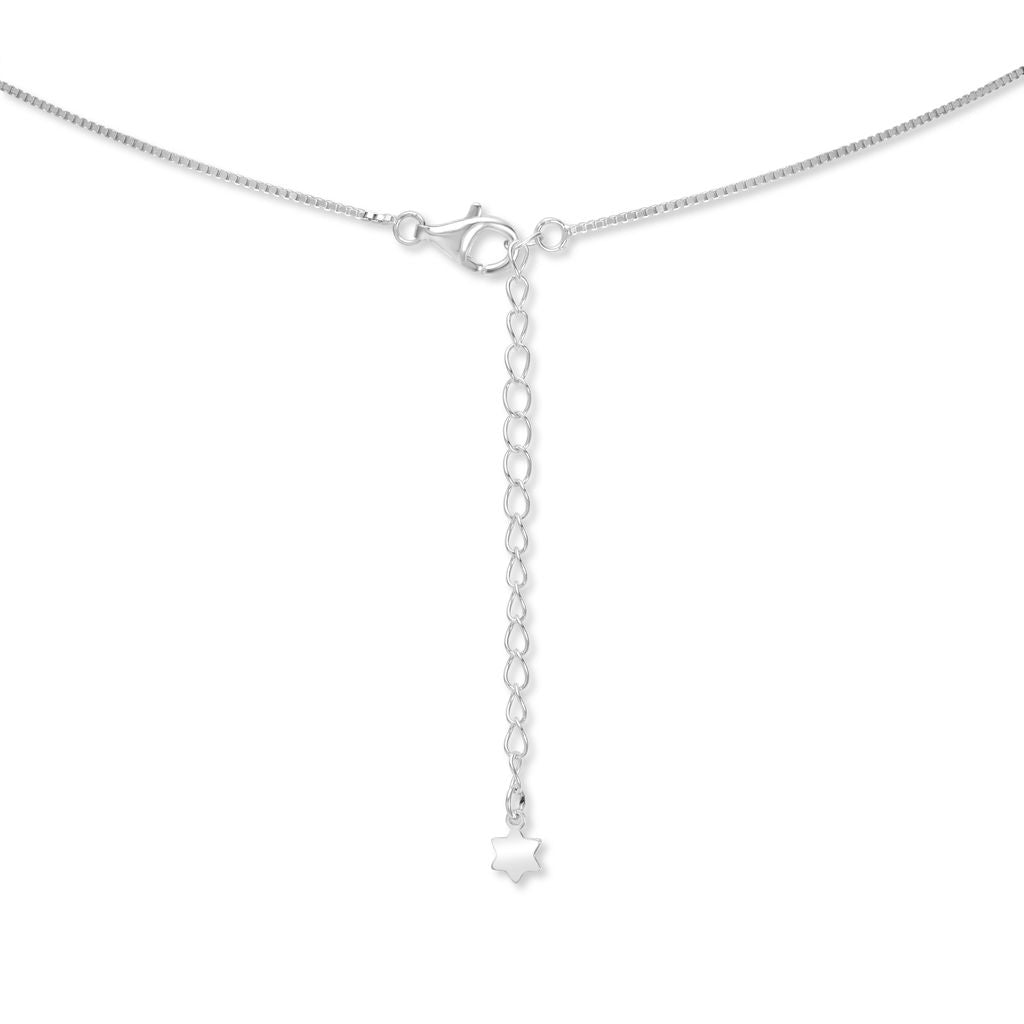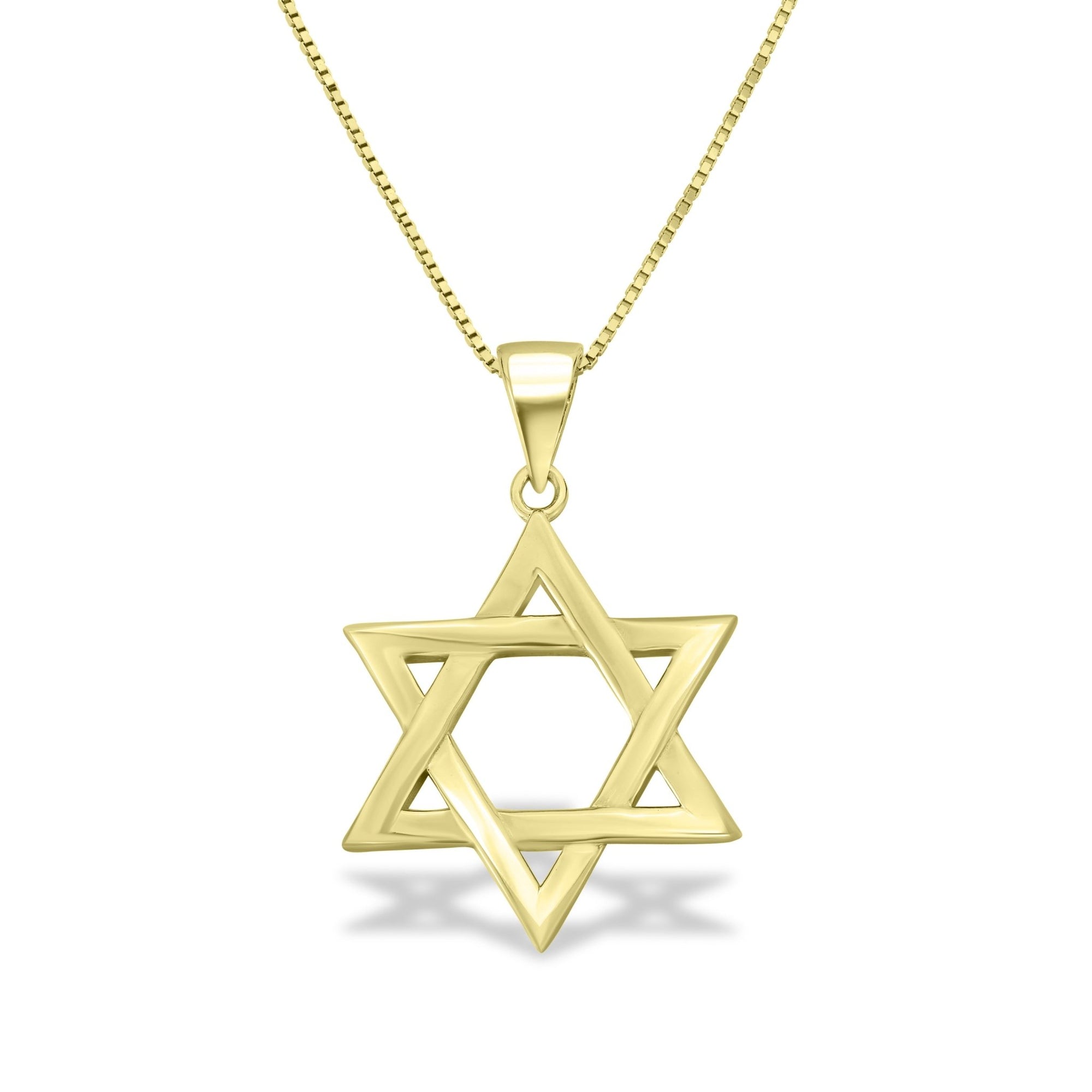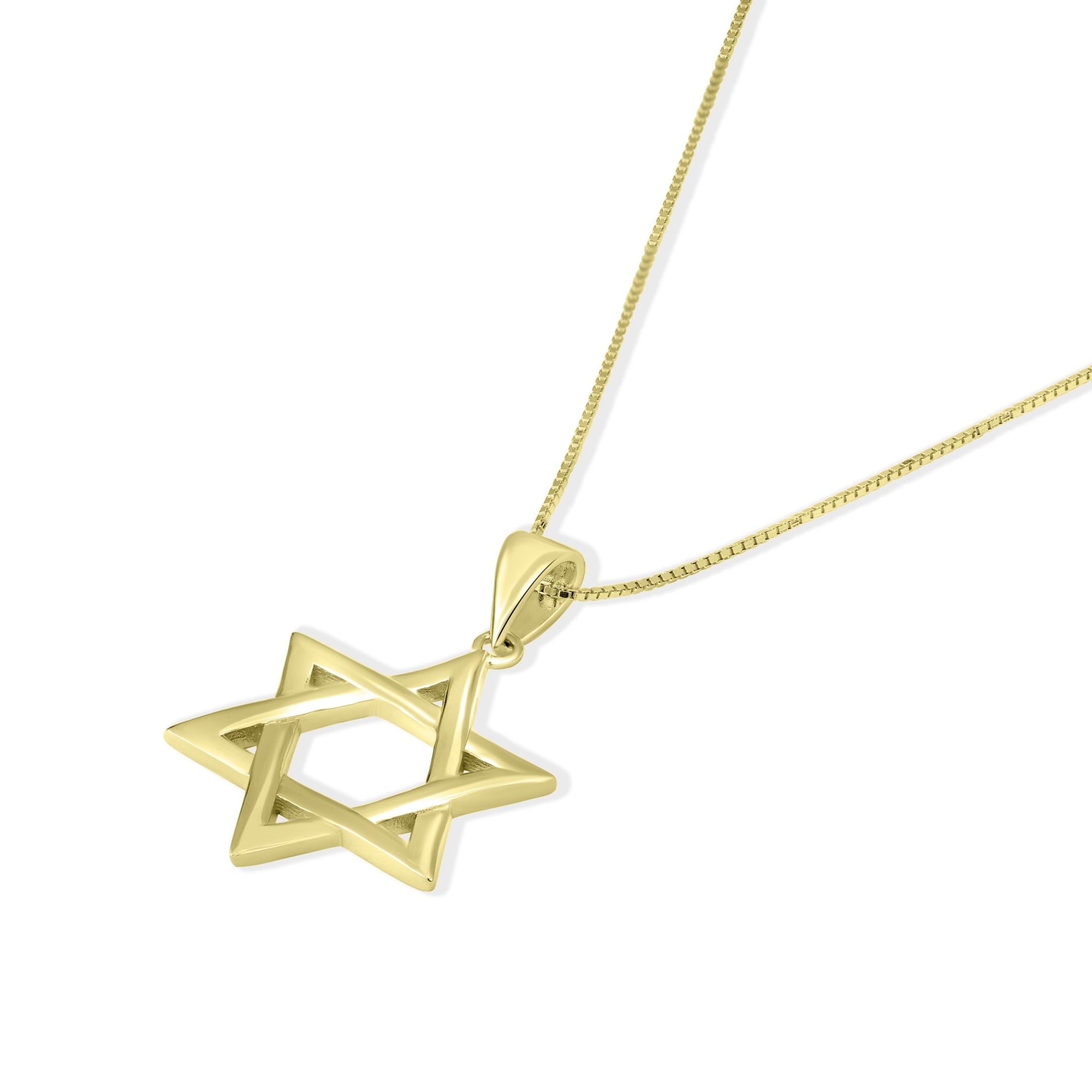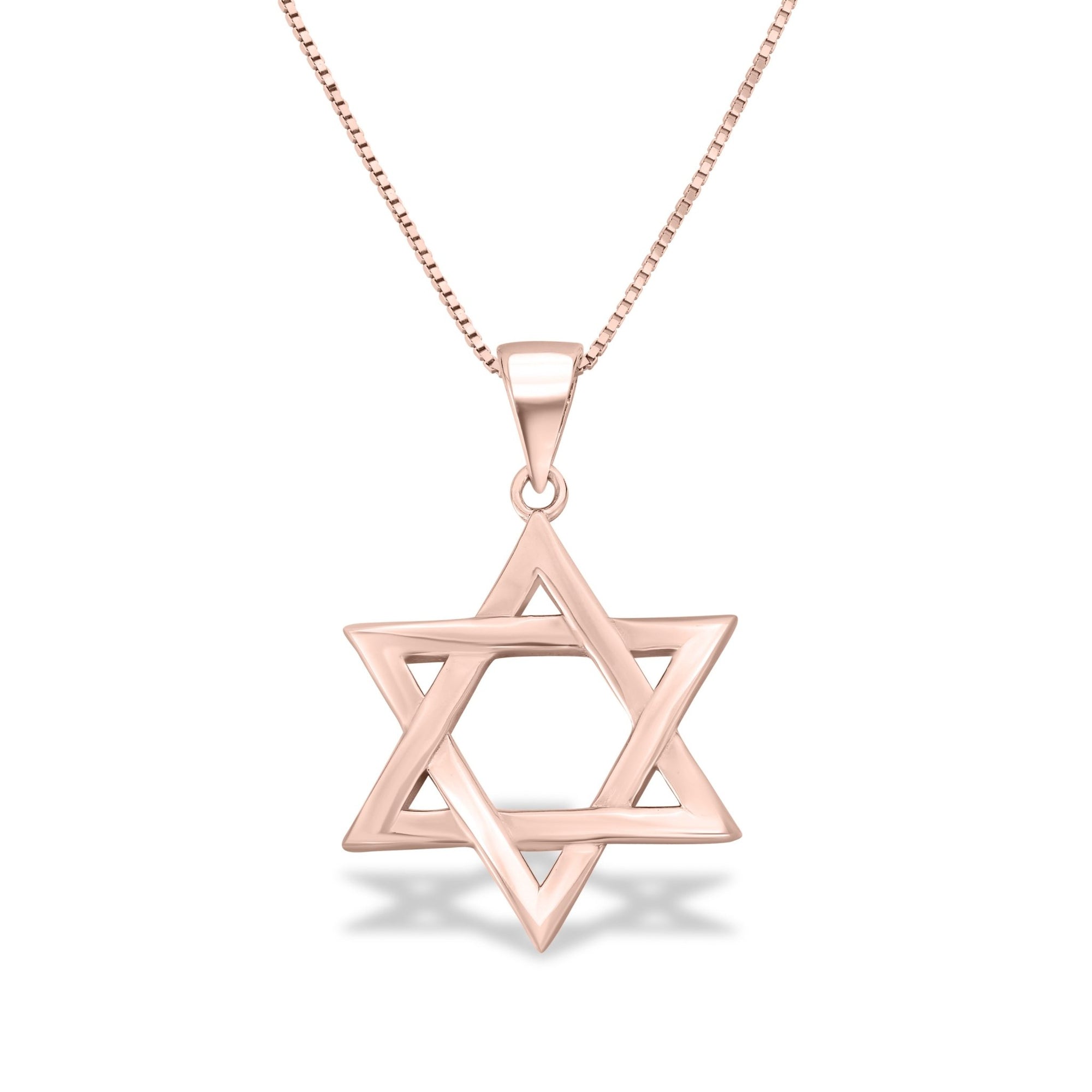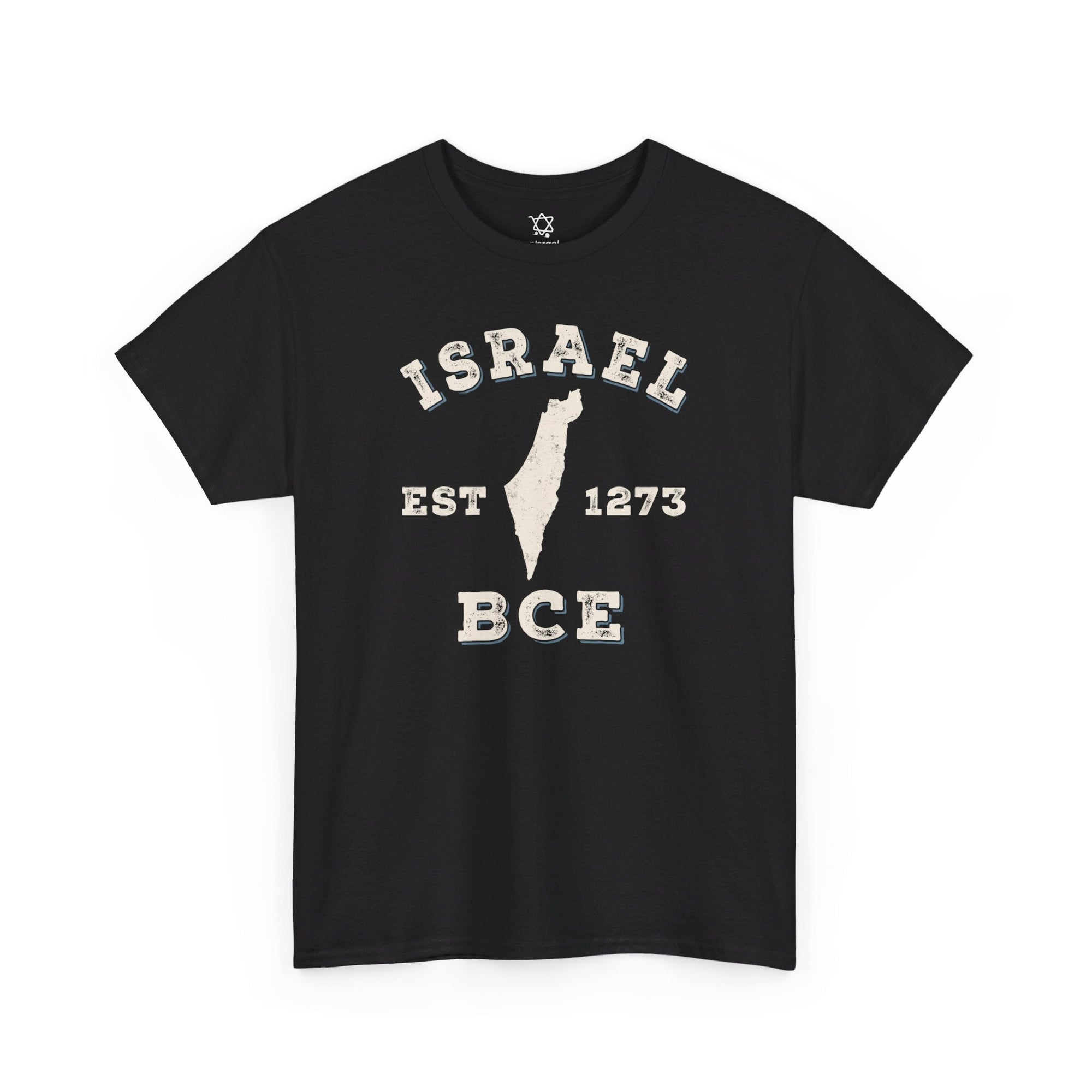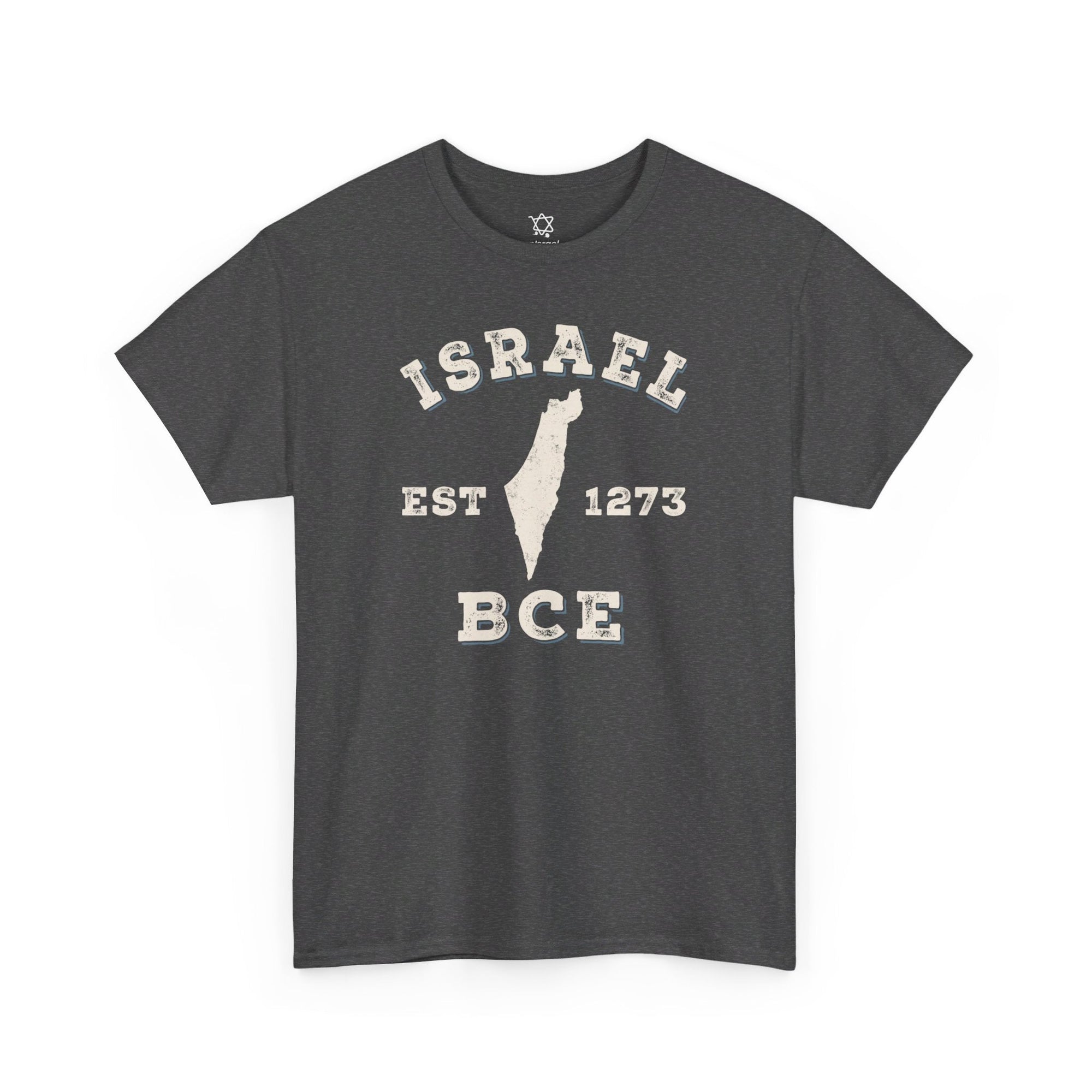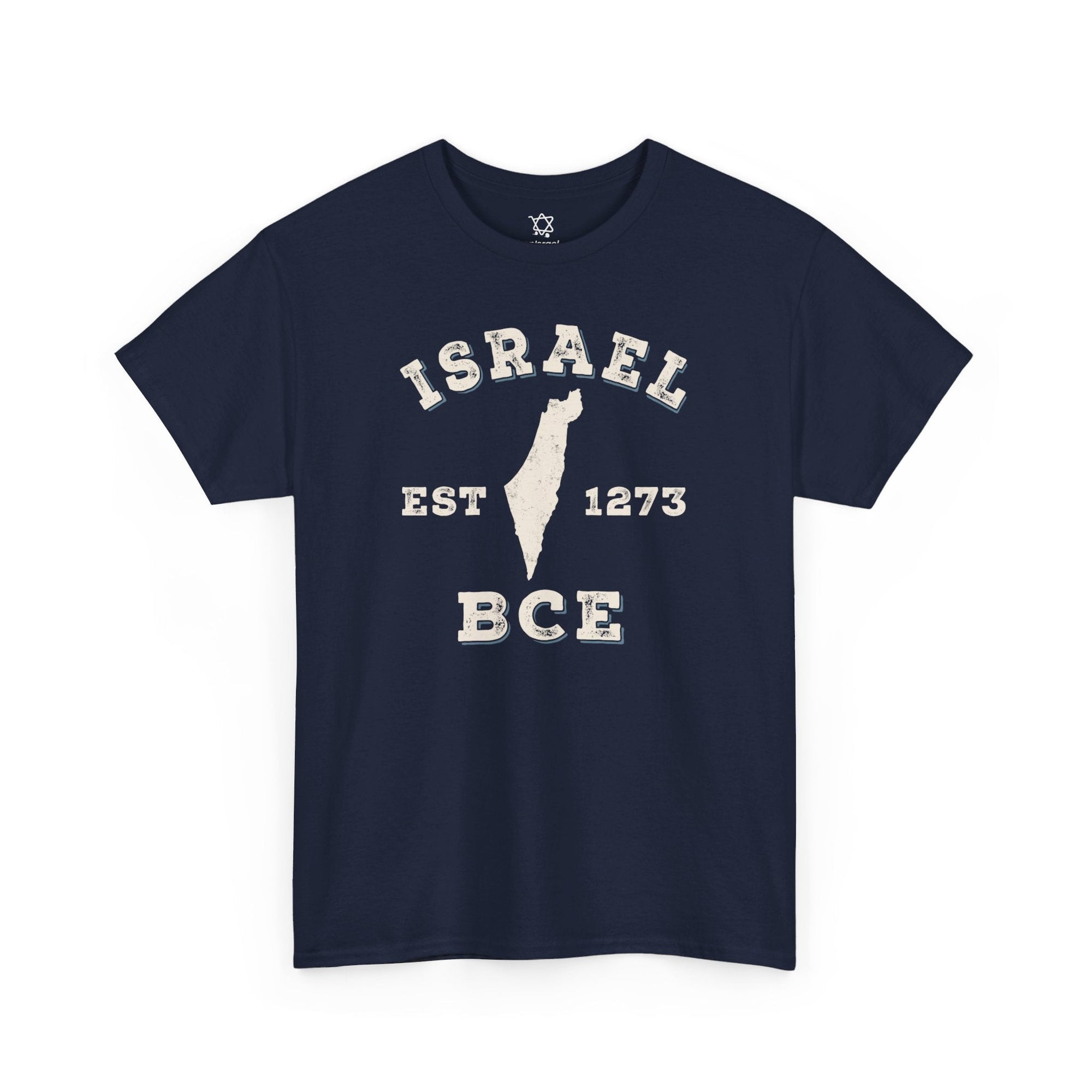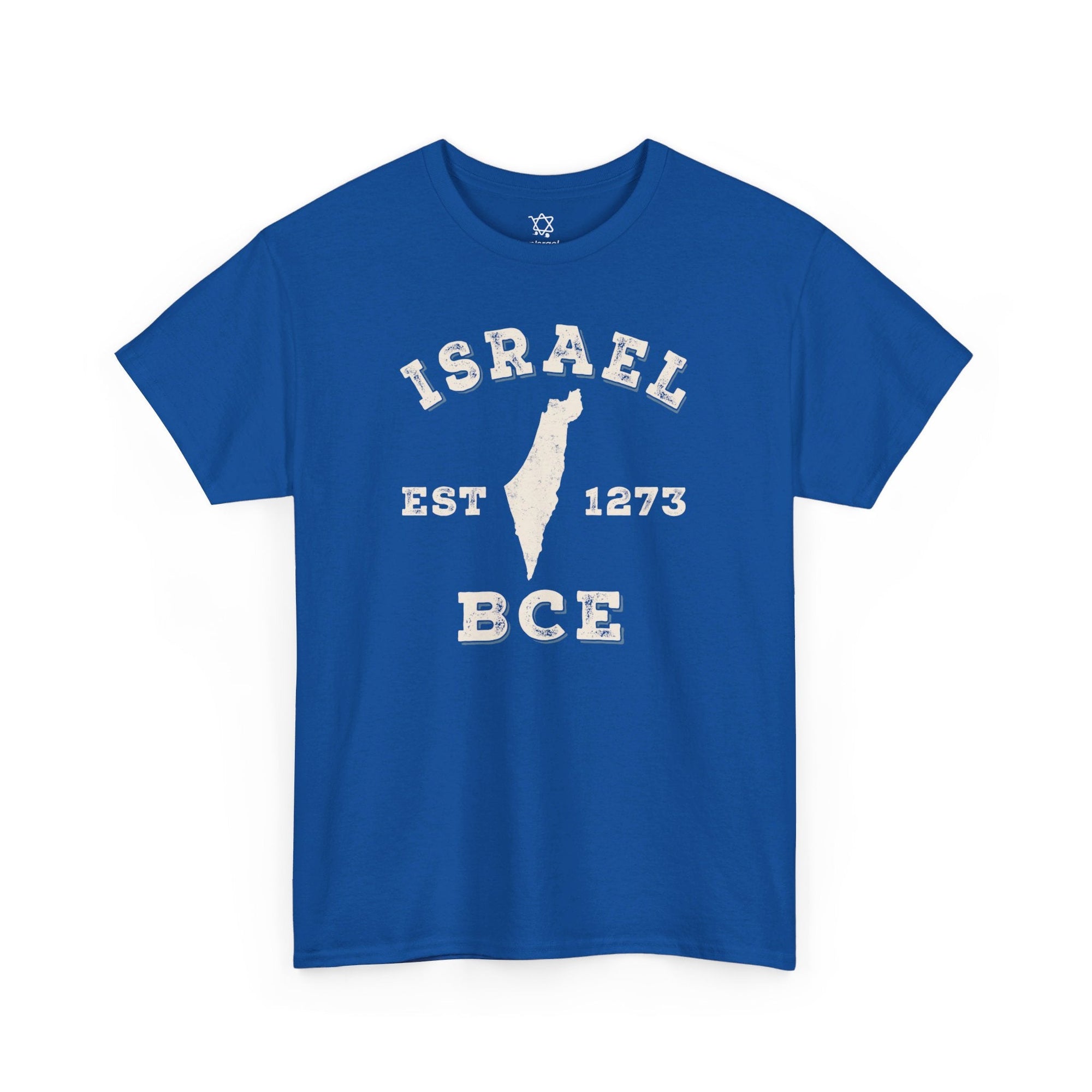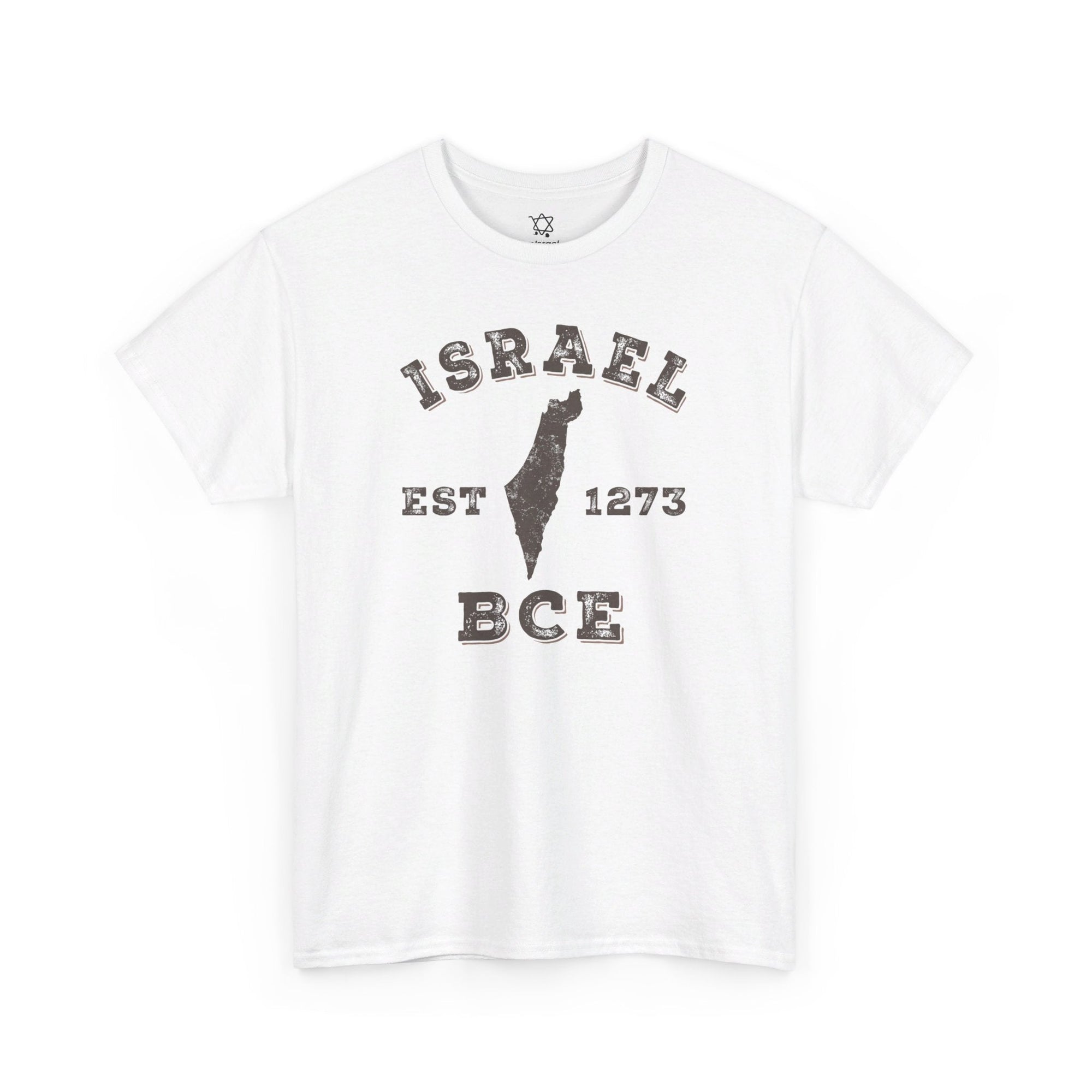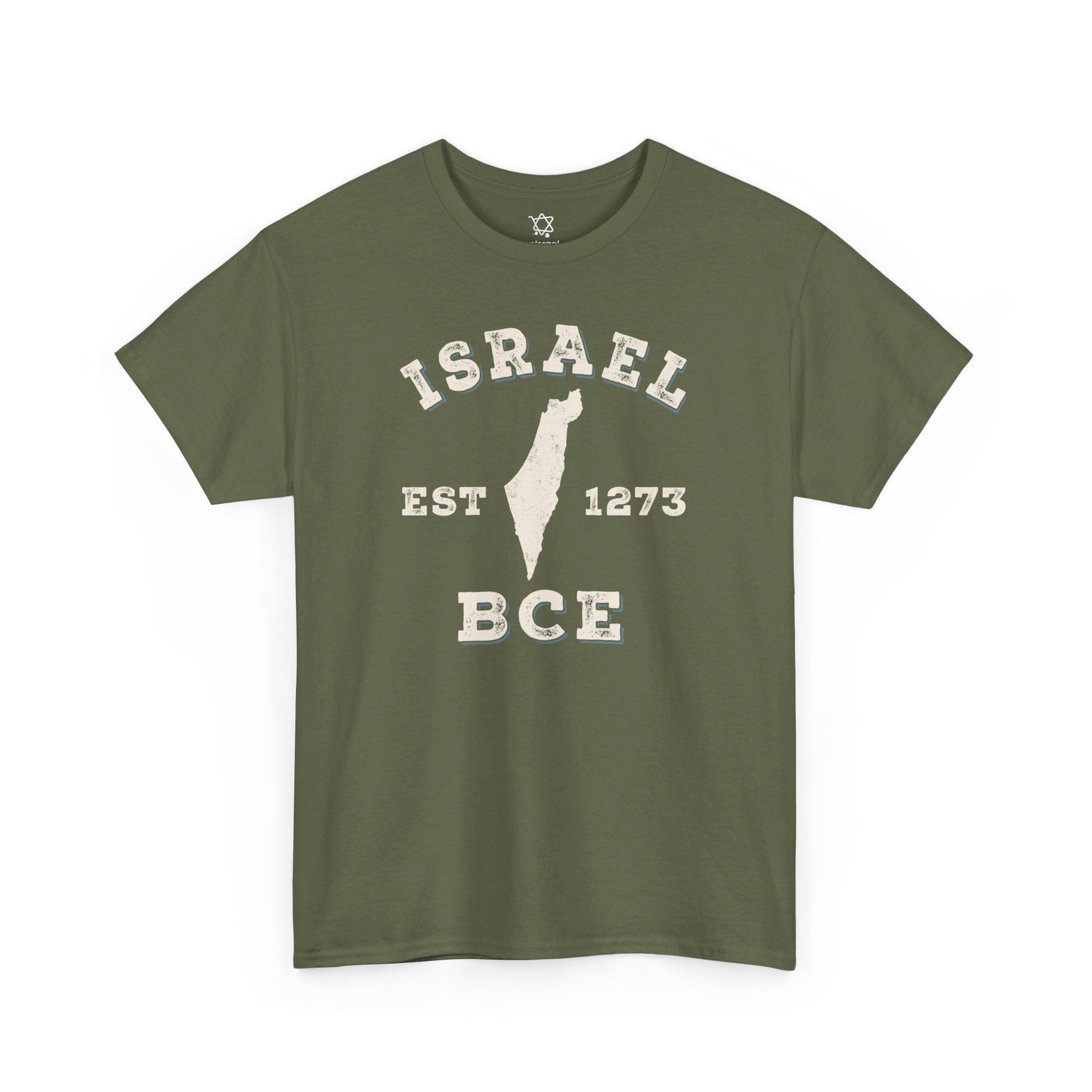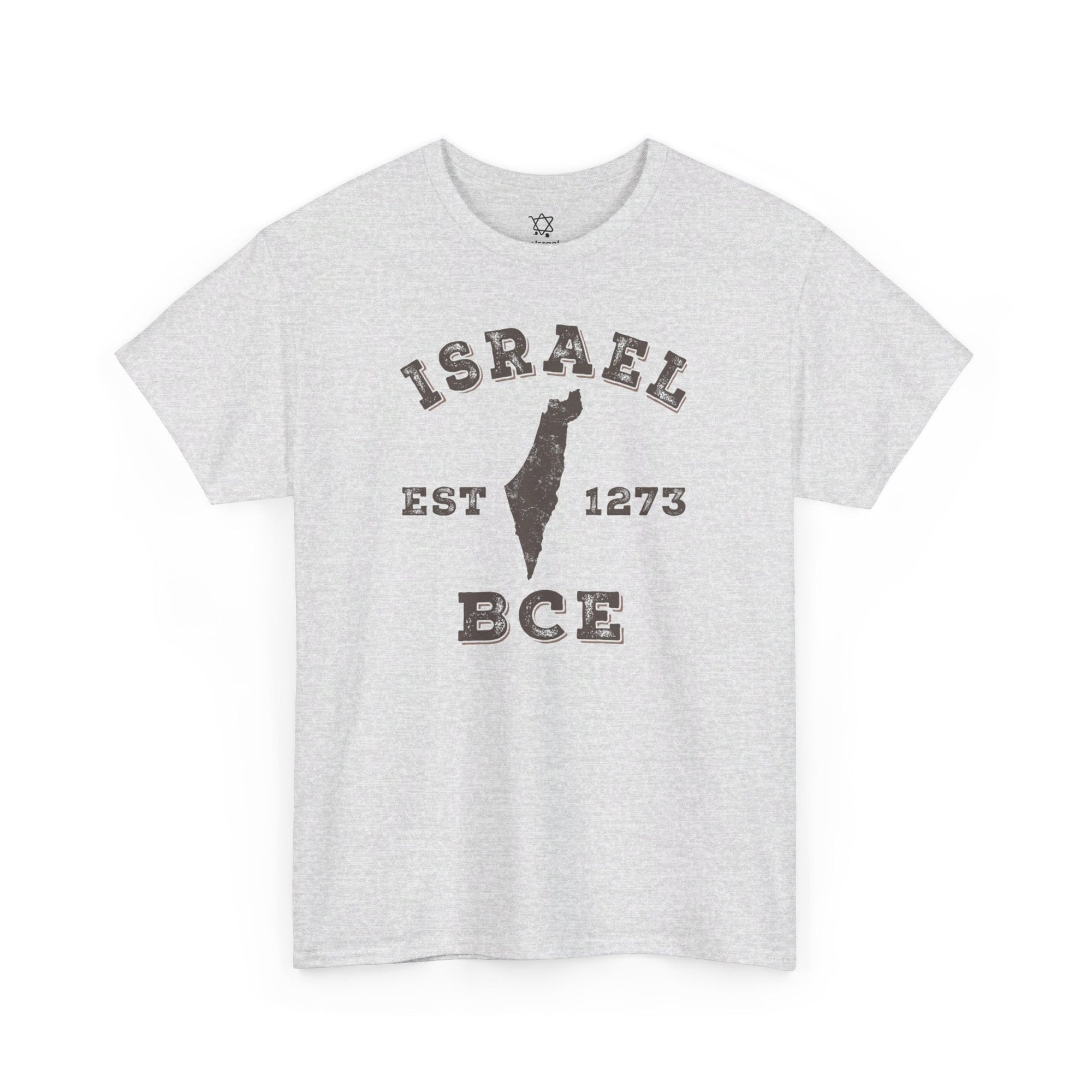Jewish symbols represent faith, resilience, and tradition, with deep connections to history and spirituality. These symbols have been used for thousands of years and continue to play an essential role in Jewish life. Below are some of the most significant Jewish symbols, their origins, meanings, and how they are used today.
- Star of David (Magen David)
- Menorah
- Chai (חי)
- Hamsa (Hand of Miriam)
- Tree of Life (Etz Chaim)
- Lion of Judah
1. Star of David (Magen David)

What is the Star of David?
The Star of David (מגן דוד, "Magen David," meaning "Shield of David") is a six-pointed star formed by two overlapping equilateral triangles. It is the most recognized symbol of Jewish identity today.
Historical Context
Although the Star of David was not originally exclusive to Judaism, it became associated with Jewish communities during the Middle Ages. By the 19th century, it emerged as the universal emblem of Jewish identity. During the Holocaust, Nazis forced Jews to wear yellow Stars of David, turning it into a symbol of persecution and resilience. In 1948, it was chosen for the flag of Israel, cementing its role as a symbol of Jewish unity and survival.
Symbolic Interpretations
- The two interlocking triangles may represent the relationship between God and humanity.
- Some interpretations suggest it symbolizes the balance between spiritual and physical realms.
- The star’s six points correspond to the six days of creation, with God at the center.
Modern Global Use
The Star of David is displayed on the Israeli flag, in synagogues, and on Jewish gravestones. It is also found on jewelry, art, and religious items, serving as a unifying symbol for Jews worldwide.
2. Menorah

What is the Menorah?
The Menorah (מנורה) is a seven-branched golden candelabrum described in the Torah. It was placed in the Holy Temple in Jerusalem and was a central part of Jewish worship.
Historical Context
The Menorah stood in the First and Second Temples, where it was lit daily by the priests. After the destruction of the Second Temple in 70 CE, the Menorah became a symbol of Jewish endurance. A depiction of the Romans carrying the Menorah away appears on the Arch of Titus in Rome, signifying Jewish exile.
Symbolic Interpretations
- The seven branches represent the seven days of creation and divine wisdom.
- The Menorah symbolizes the Jewish mission to be a “light unto the nations” (Isaiah 42:6).
- The central stem represents the Sabbath, the day of holiness and rest.
Modern Global Use
The Menorah is the national emblem of Israel, appearing on government seals and documents. A nine-branched version, the Hanukkah menorah (Chanukiah), is lit during Hanukkah to celebrate the miracle of the Temple’s rededication.
3. Chai (חי)

What is Chai?
Chai (חי) is a Hebrew word meaning "life." It consists of two letters, Chet (ח) and Yud (י), symbolizing the importance of life in Jewish culture.
Historical Context
The concept of life is central to Judaism. The phrase “L’Chaim” (To Life!) is commonly used as a toast at Jewish celebrations. The phrase Am Yisrael Chai, has becoming a rallying call of the Jewish Nation as well. The word Chai has a numerical value of 18 in Hebrew gematria, making 18 a lucky number in Jewish tradition.
Symbolic Interpretations
- Represents the sanctity and value of life.
- Symbolizes good luck, health, and prosperity.
- The connection between Chai (life) and mitzvot (good deeds) emphasizes meaningful living.
Modern Global Use
The Chai symbol is popular in Jewish jewelry, home decorations, and synagogue art. Many Jews give charitable donations in multiples of 18, wishing the recipient a long and prosperous life.
4. Hamsa (Hand of Miriam)

What is the Hamsa?
The Hamsa (חמסה) is a hand-shaped amulet, often with an eye in the center, believed to provide protection against the Evil Eye (Ayin Hara) and bring blessings. It is also called the Hand of Miriam, referring to the sister of Moses and Aaron.
Historical Context
The Hamsa has been used for thousands of years across Middle Eastern and North African cultures, including Jewish, Islamic, and Christian traditions. Among Jews, it has been particularly popular in Sephardic and Mizrahi communities as a protective charm.
Symbolic Interpretations
- The five fingers represent the five books of the Torah.
- It symbolizes divine protection, strength, and blessings.
- The eye in the center wards off negative energy and misfortune.
Modern Global Use
The Hamsa is widely found in jewelry, wall hangings, and home decor. Many Hamsas are inscribed with prayers or Hebrew blessings to enhance their spiritual power.
5. Tree of Life (Etz Chaim)

What is the Tree of Life?
The Tree of Life (Etz Chaim, עץ חיים) is a symbol of wisdom, spiritual growth, and deep-rooted faith. The phrase appears in Proverbs 3:18, comparing the Torah to a Tree of Life.
Historical Context
The concept of the Tree of Life appears in Genesis, representing eternal life in the Garden of Eden. In Kabbalah (Jewish mysticism), it is a fundamental symbol representing the Ten Sefirot, the divine attributes through which God interacts with the world.
Symbolic Interpretations
- The roots represent Jewish heritage and history.
- The branches symbolize spiritual and intellectual growth.
- The fruit represents wisdom, Torah, and good deeds.
Modern Global Use
The Tree of Life is a popular motif in synagogue decorations, Torah covers, jewelry, and Jewish artwork. It serves as a reminder of the enduring connection between Jews and their faith.
6. Lion of Judah

What is the Lion of Judah?
The Lion of Judah (אריה יהודה, Ariyeh Yehudah) is a powerful symbol representing the Tribe of Judah, from which King David and the future Messiah are believed to descend.
Historical Context
The lion is first mentioned in Genesis 49:9, when Jacob blesses his son Judah, calling him “a lion’s cub” and predicting his leadership among the tribes of Israel. The Lion of Judah became a symbol of Jewish kingship during the reign of King David and his dynasty.
Symbolic Interpretations
- Represents strength, courage, and leadership.
- Symbolizes Jewish resilience and divine protection.
- Associated with Messianic redemption and the coming of the Messiah.
Modern Global Use
The Lion of Judah appears on the emblem of Jerusalem and is frequently depicted in Jewish artwork, Torah scroll covers, and synagogue decorations. It remains a powerful symbol of Jewish strength and heritage.
Conclusion
Jewish symbols are deeply intertwined with history, spirituality, and cultural identity. From the Star of David to the Lion of Judah, these symbols serve as powerful reminders of faith, unity, and perseverance. Whether displayed in synagogues, worn as jewelry, or incorporated into national emblems, they continue to connect Jews around the world to their rich heritage.
